Top rope solo gear guide
There are lots of different systems for top rope soloing. Brent from Avant Climbing joined us to show us what he uses to climb hard but stay redundant. This gear below is what you'd need to do his favorite system. Check out the full top rope solo episode here!
Progress Capture
Top rope solo systems rely on progress capture rope grabs, which allow rope to pass easily through one direction and stop rope from going the other. It is important that these devices feed smoothly without allowing the accumulation of slack. Falling with slack in your system will significantly increase the forces that these devices put on your rope, which can result in the de-sheathing of your rope in extreme cases. The smoothest feeding devices use a pulley paired with a ribbed or toothed cam. Here are three of our favorites!
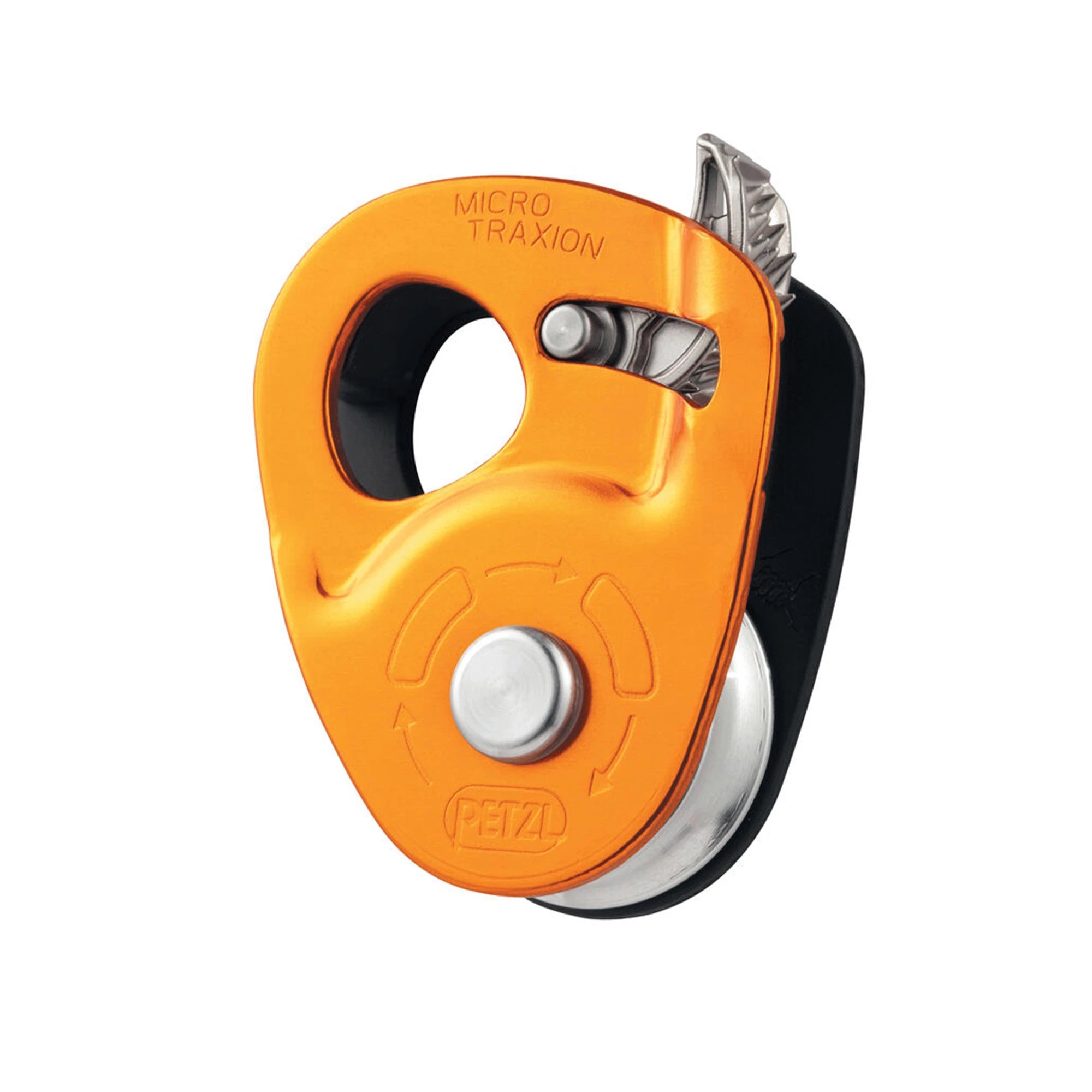
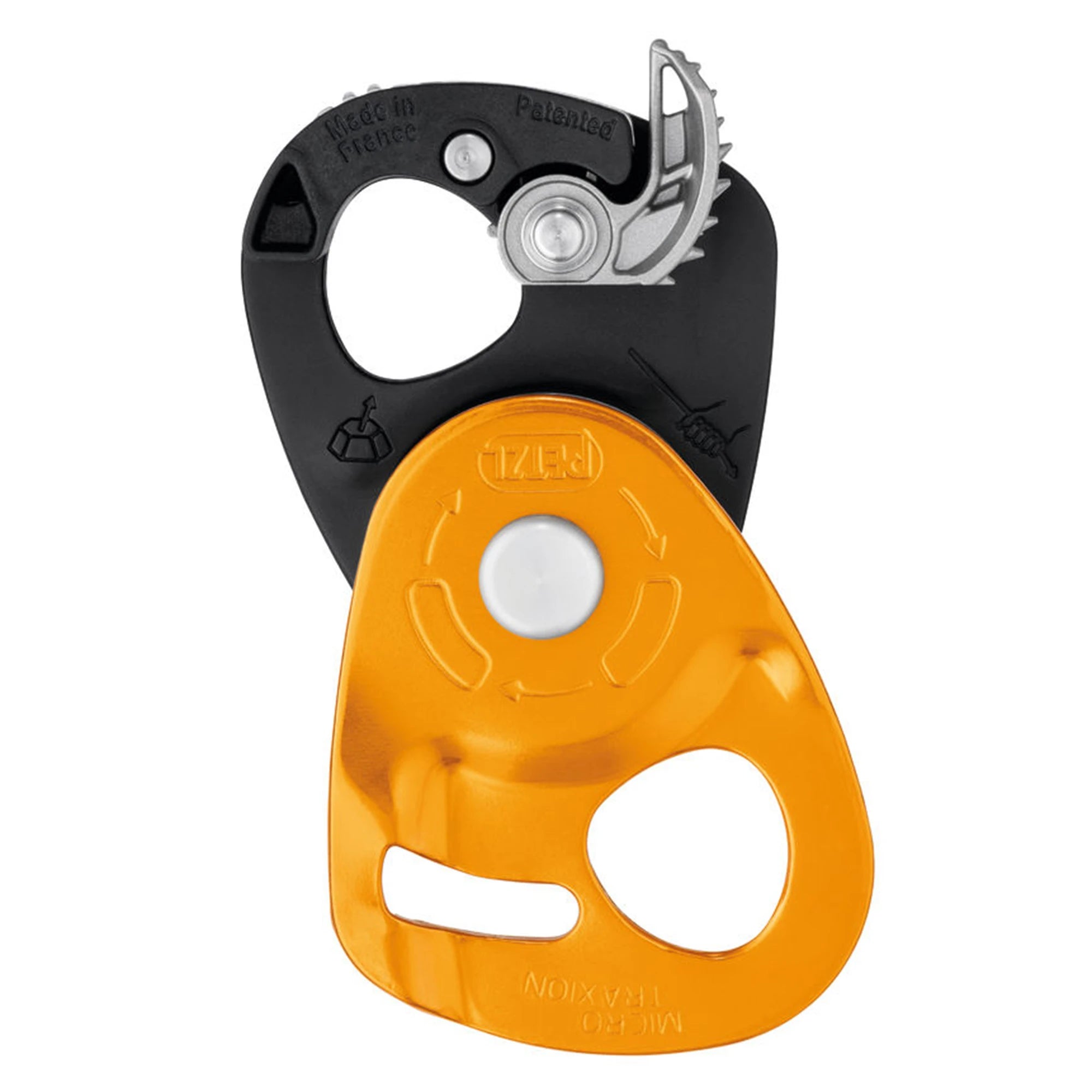
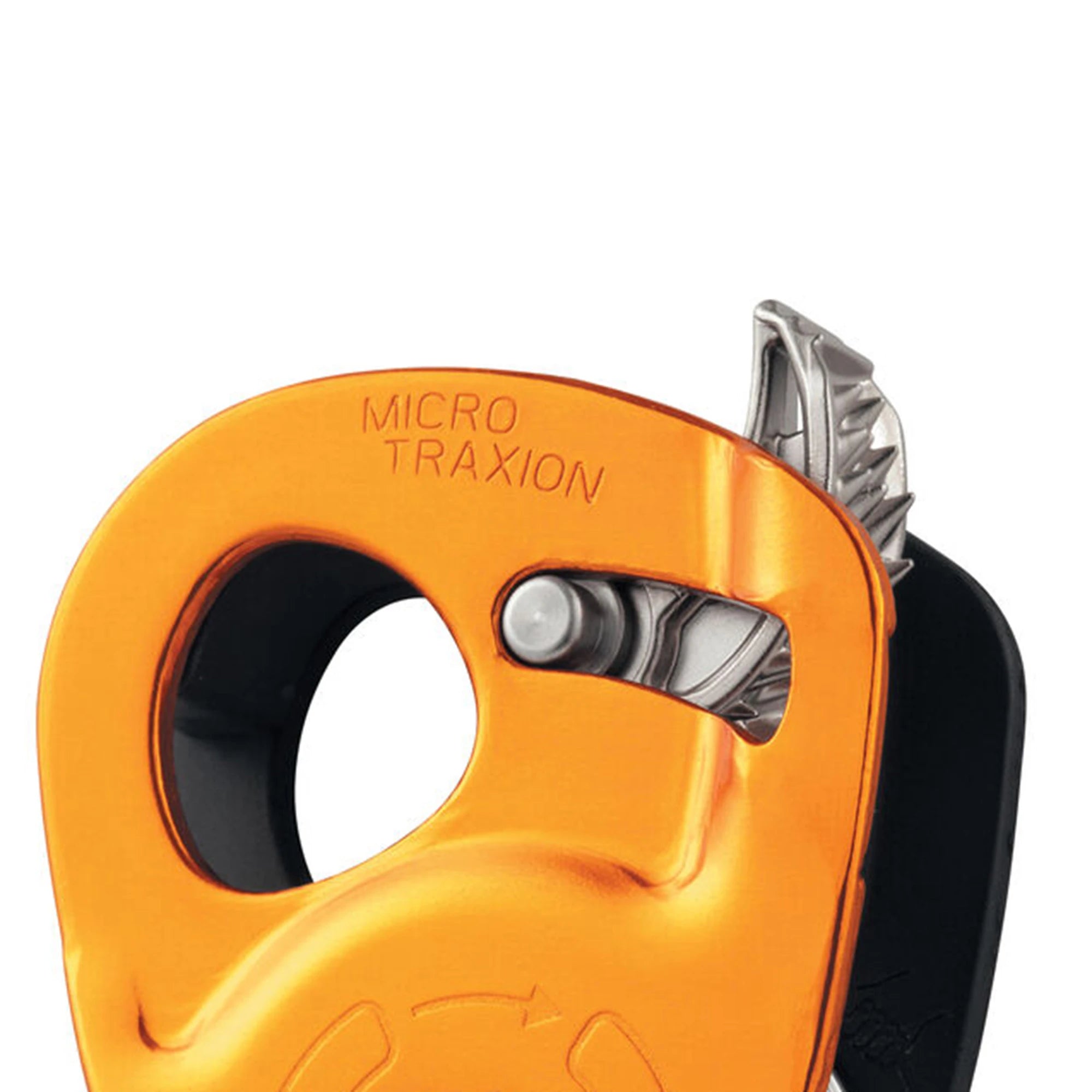
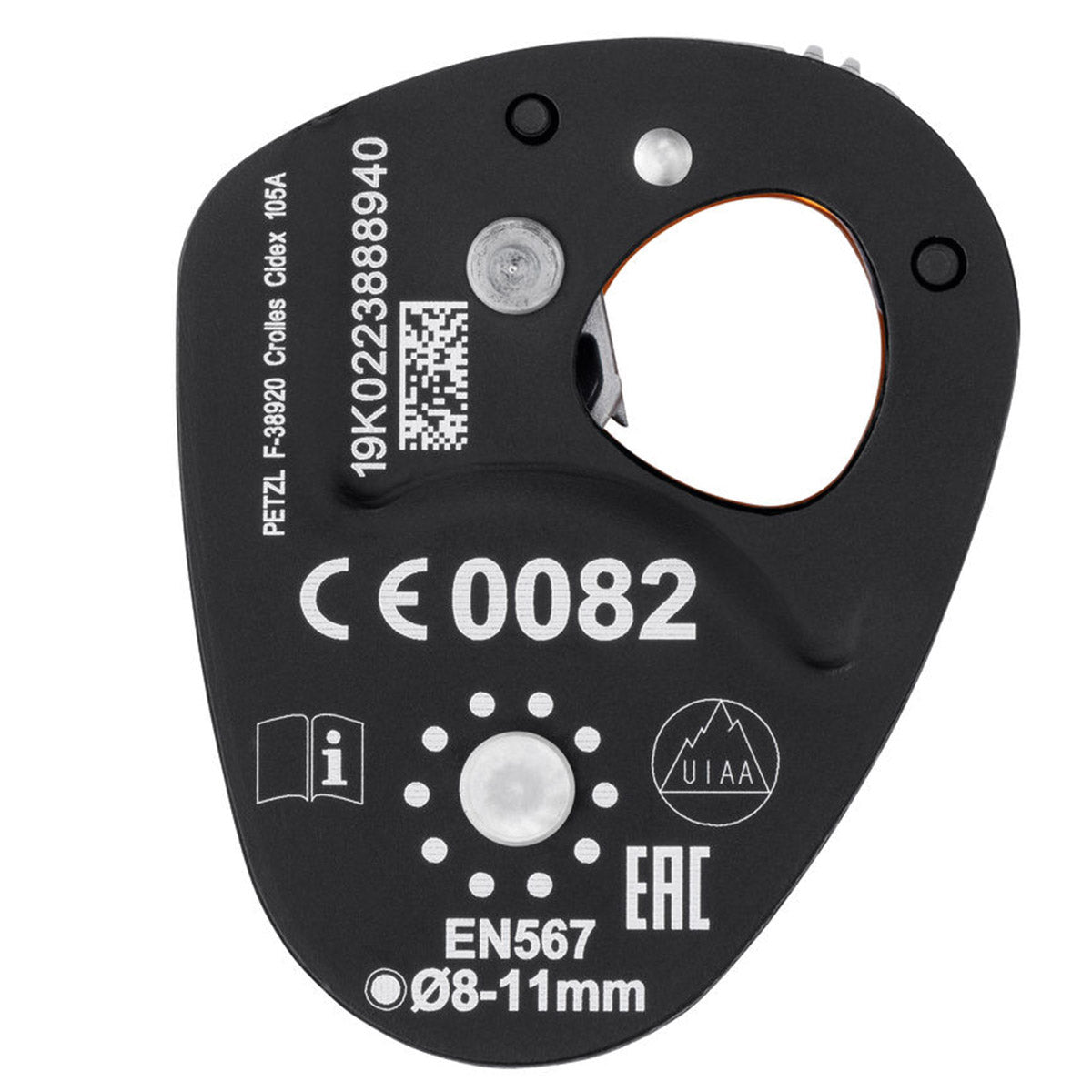
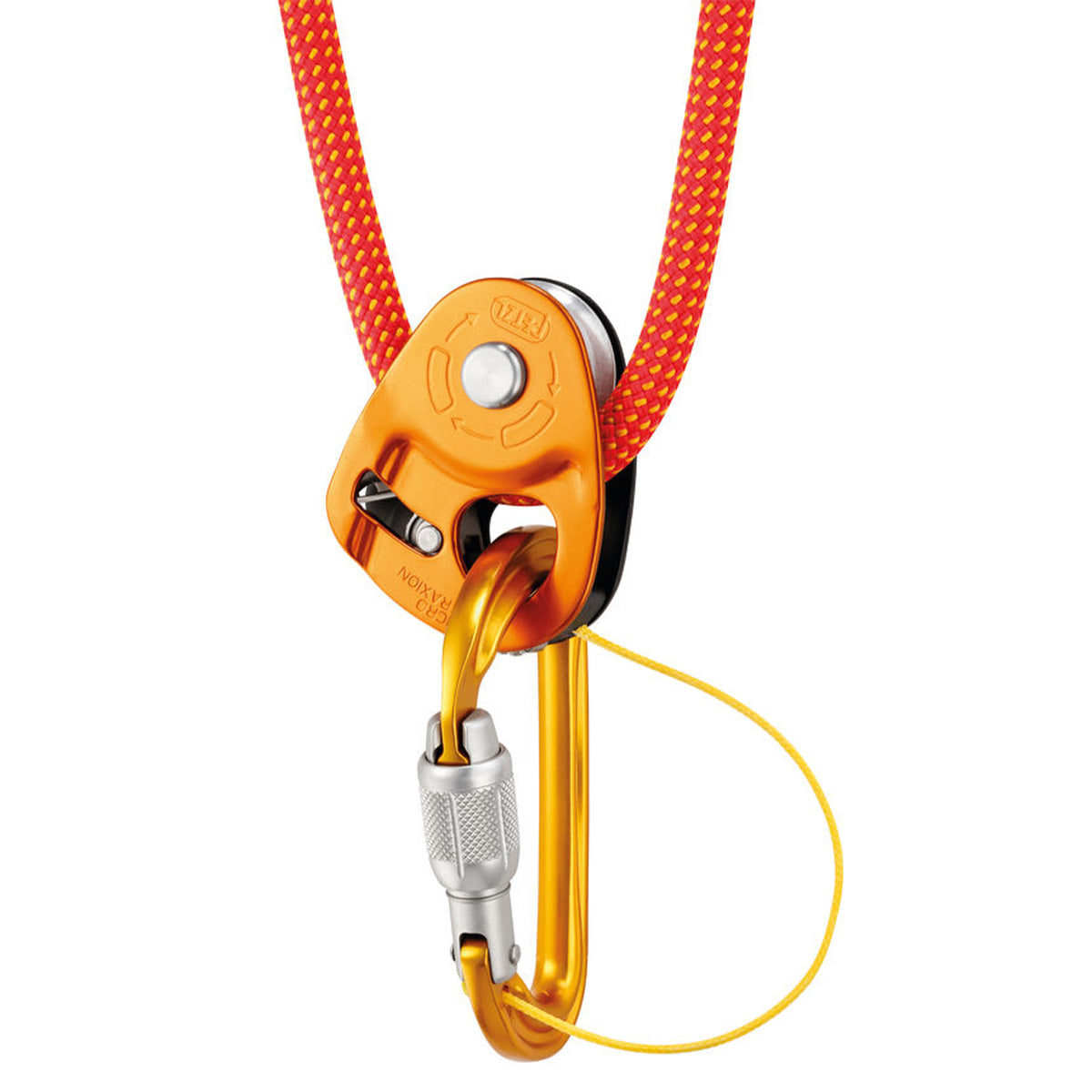
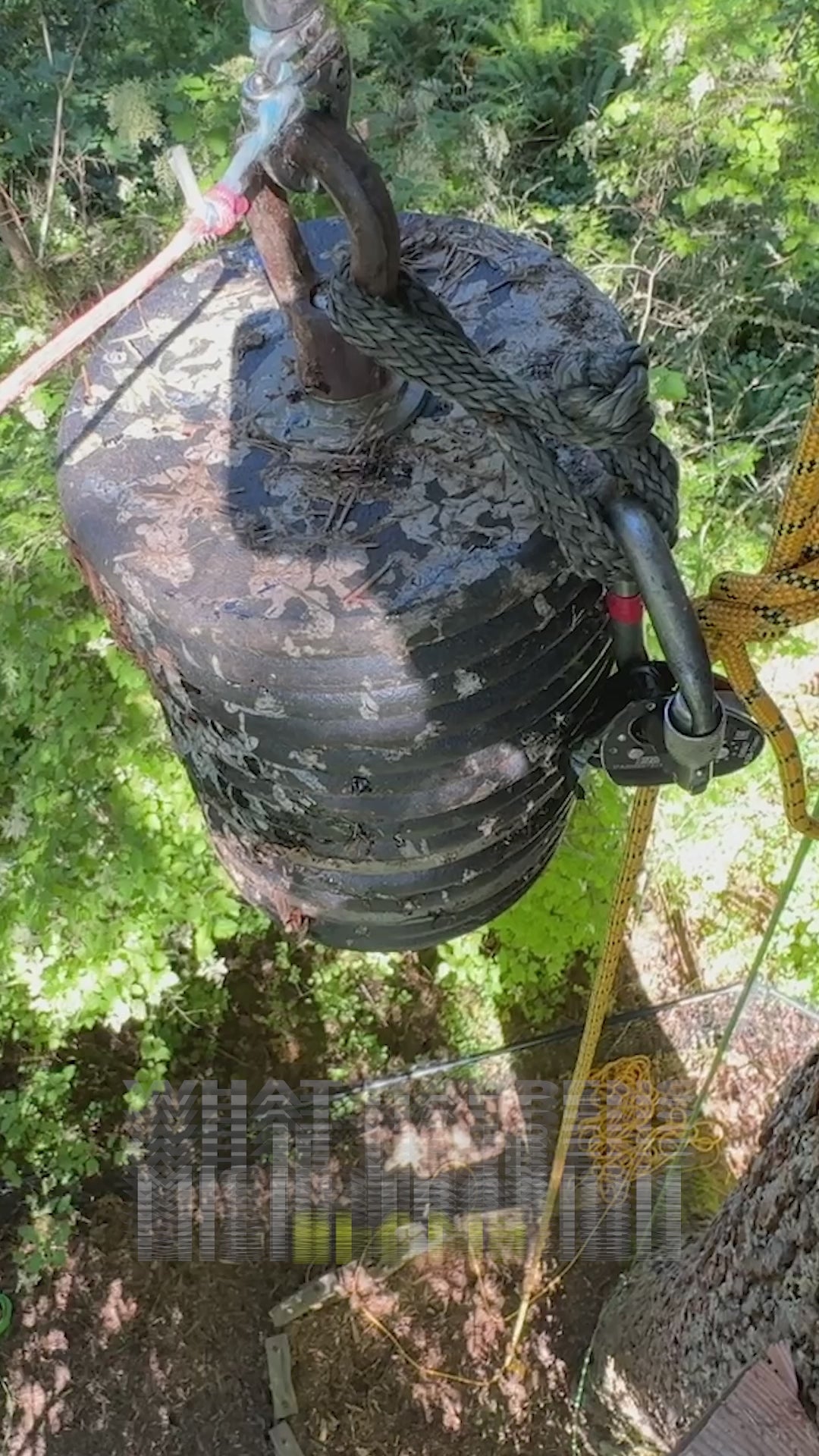
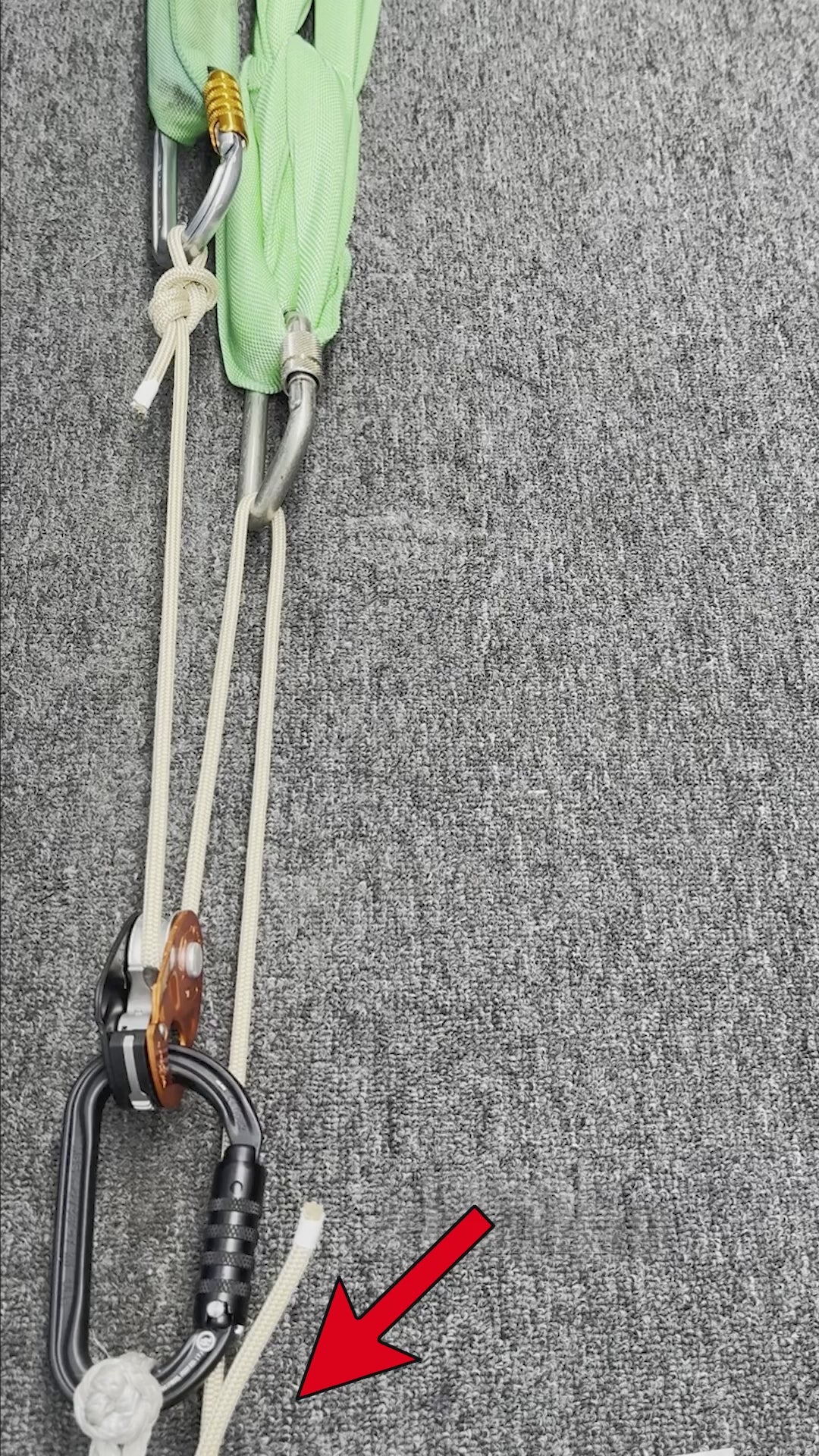

Micro Traxion
Tier benefits:
Tier benefits:
The progress capture device we see used the most is the Petzl Micro Traxion. It feeds incredibly smoothly, which is mostly why it is so loved. It features a cam lock-out function that turns it into a pulley. This can be dangerous if you forget to re-engage the cam before use. Always double check that your system will catch you on the ground before you start climbing and have redundancy with what grabs when you fall.
Pros
- Smooth action
Cons
- Higher cost
- Cam lockout feature
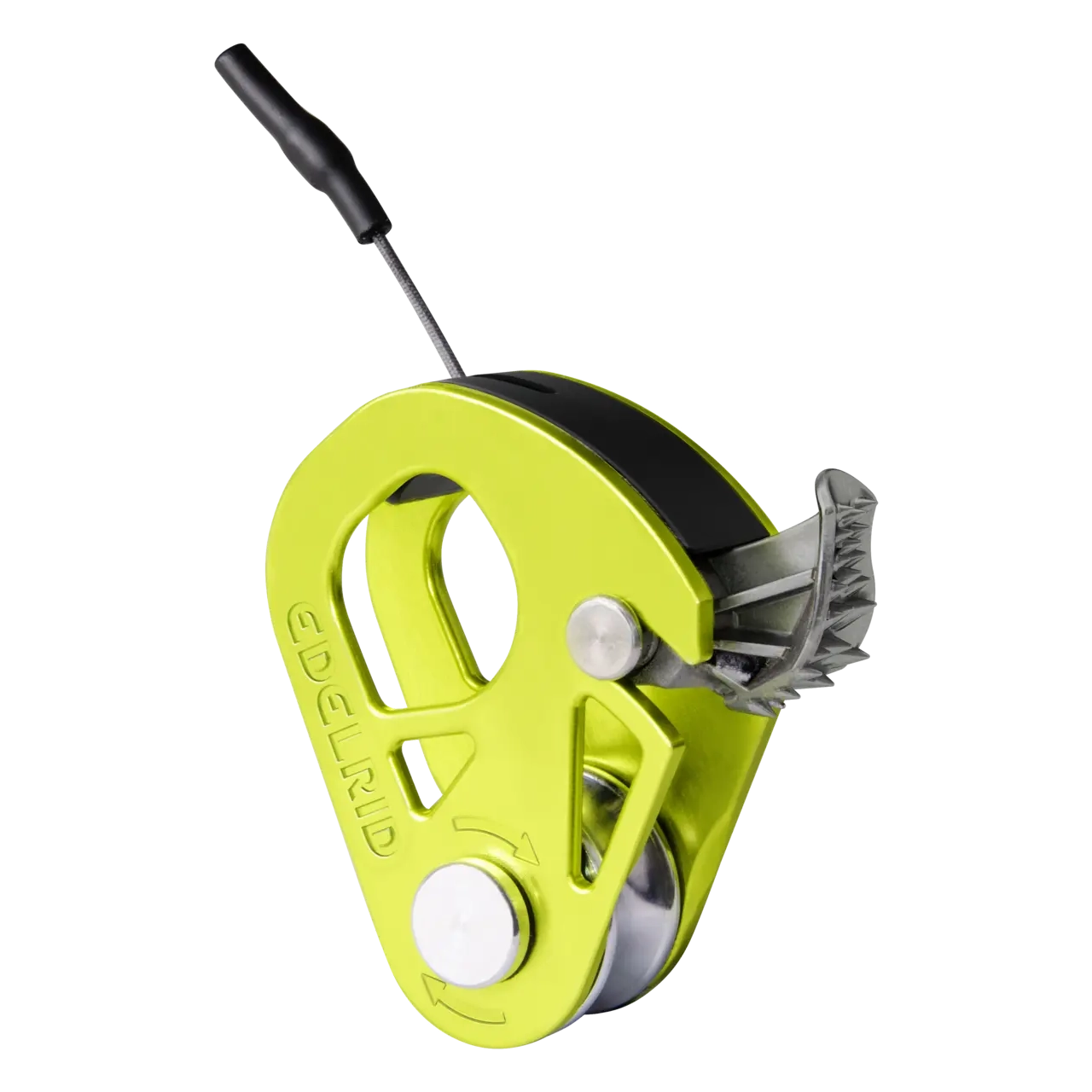

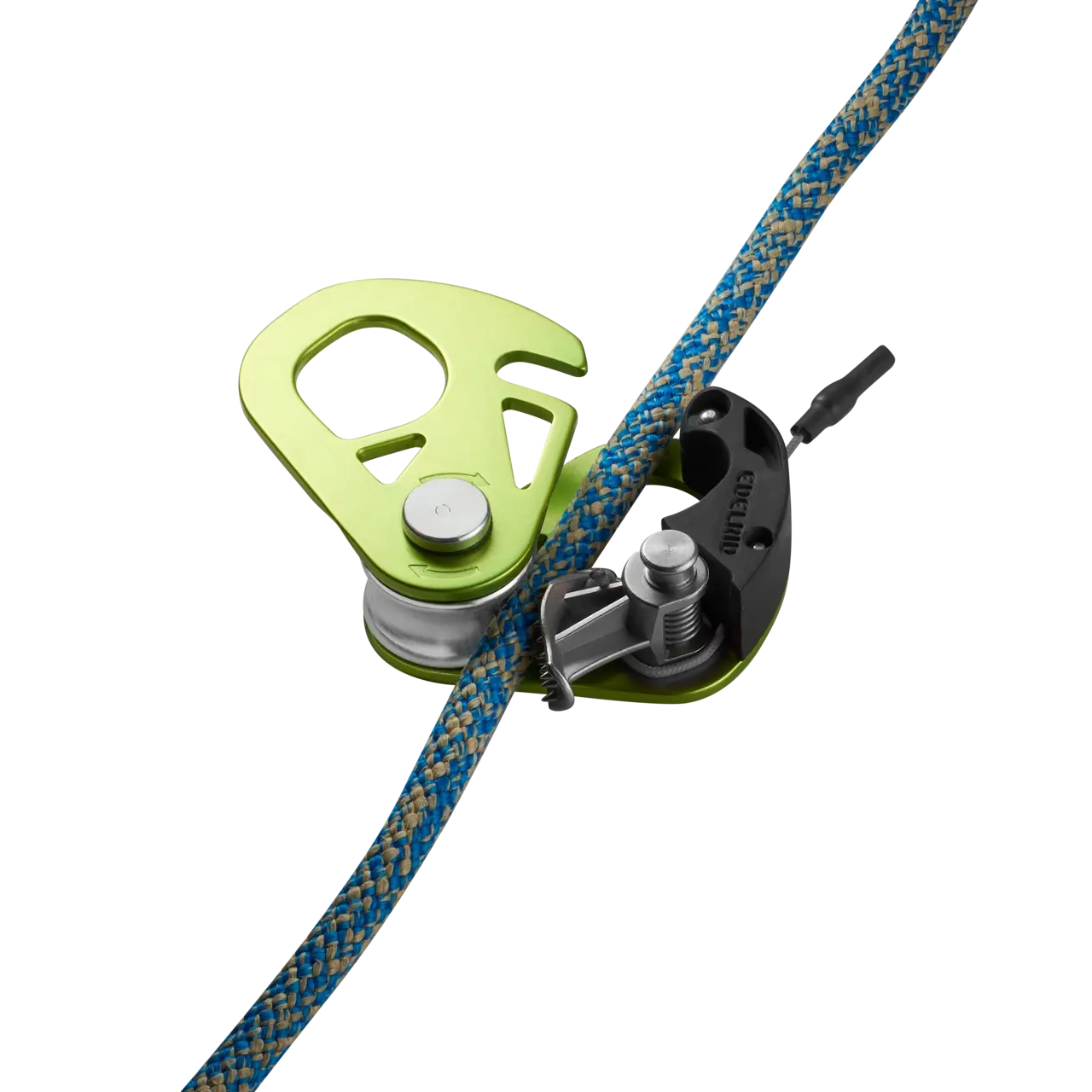
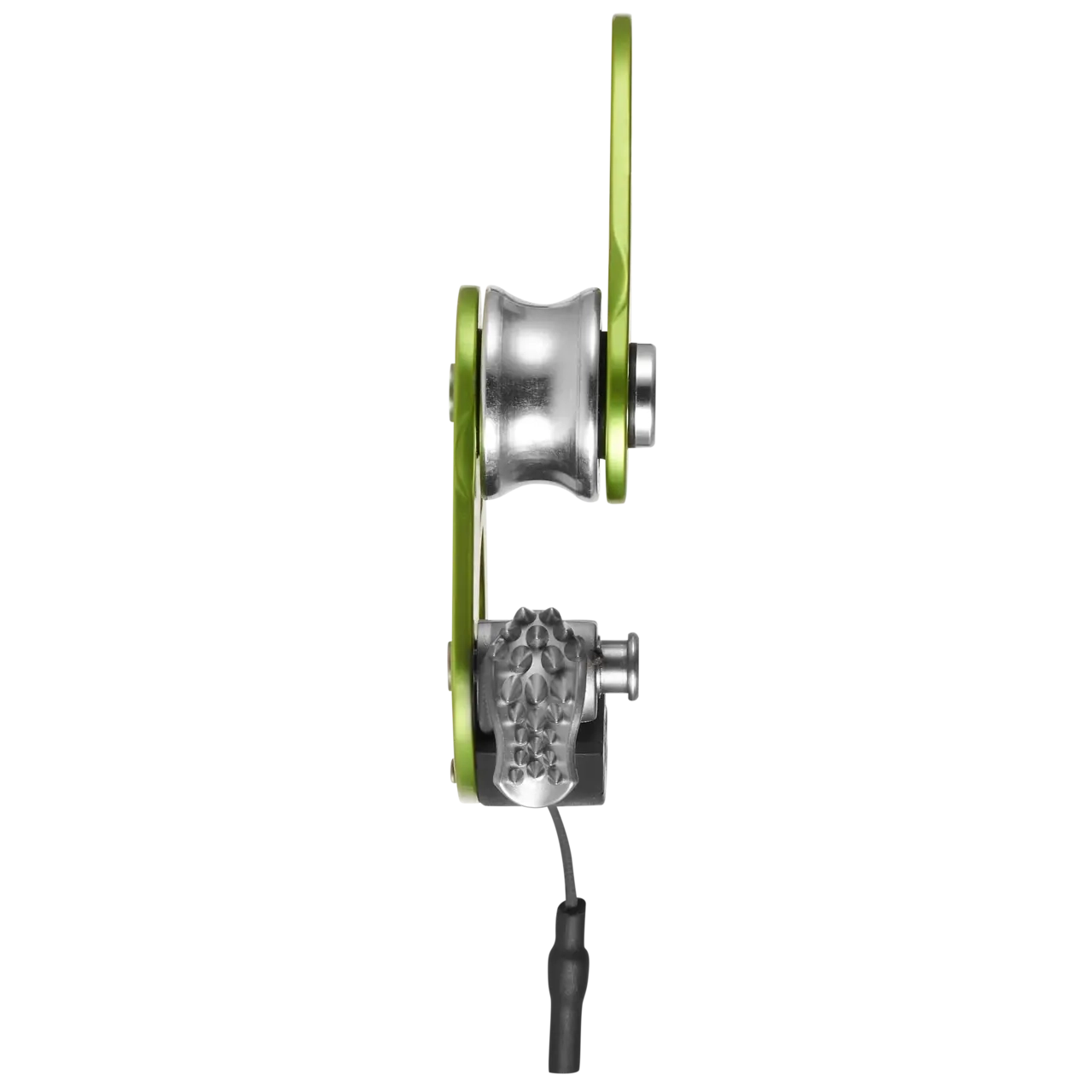
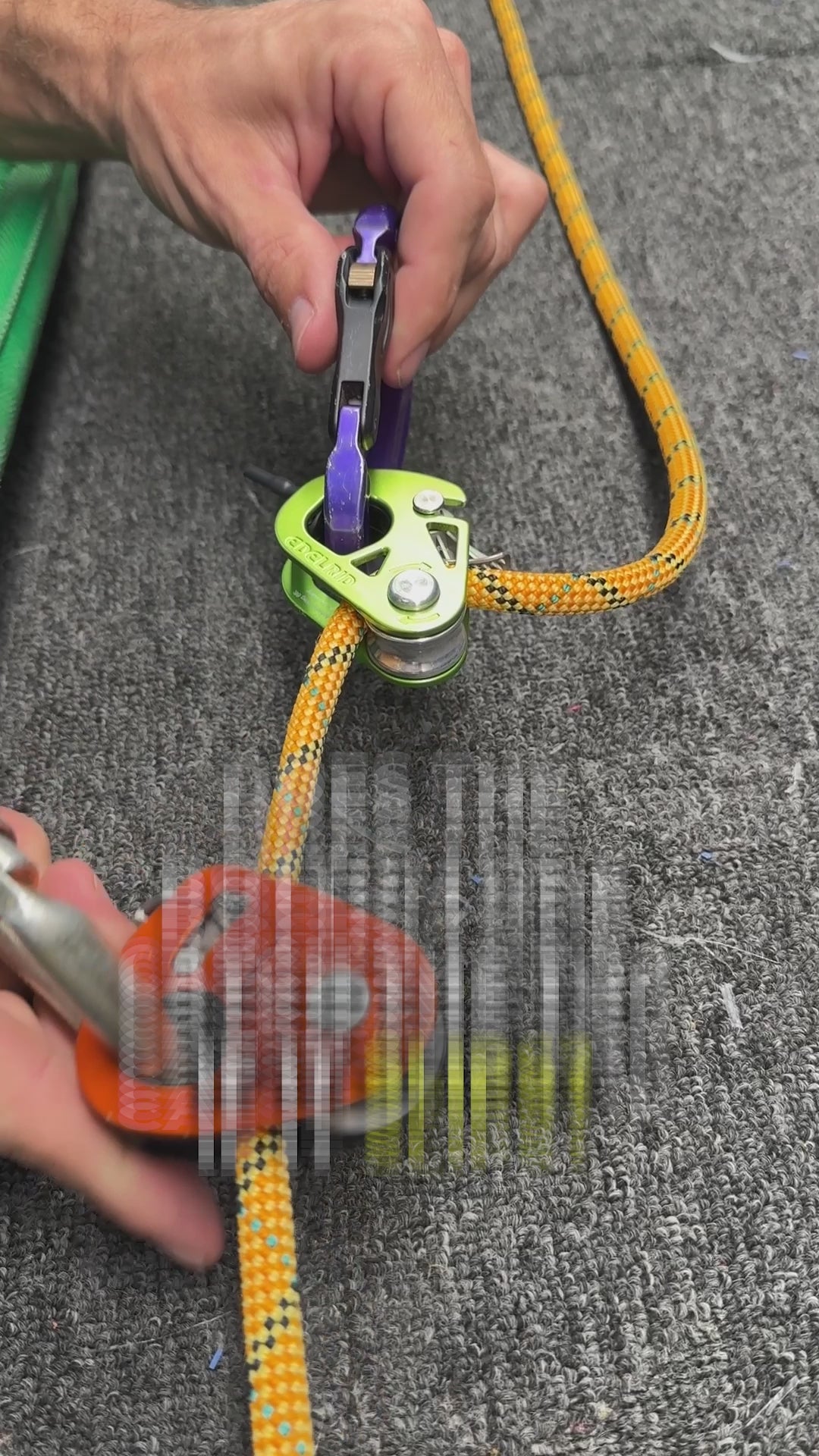
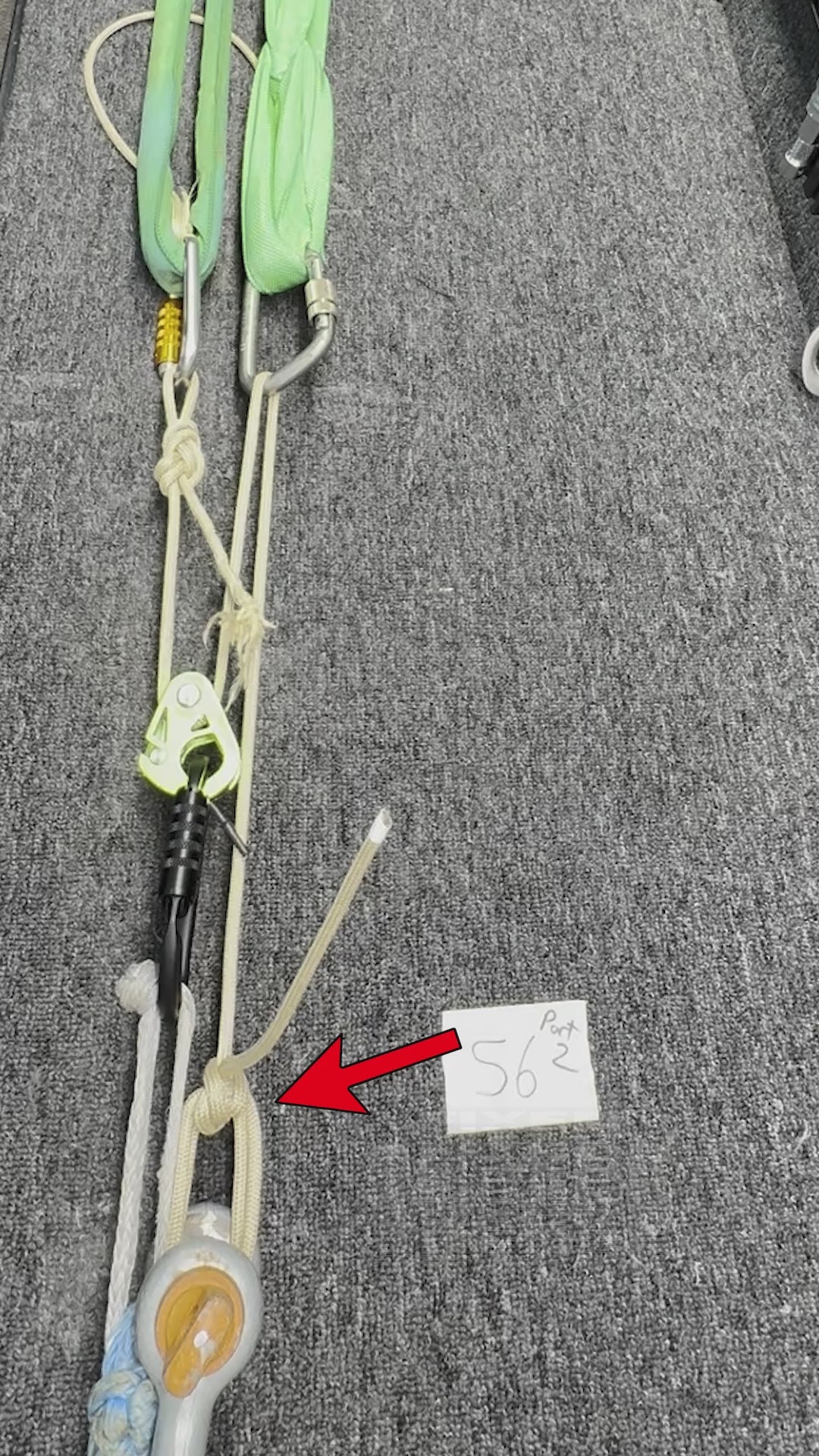

Spoc
Tier benefits:
Tier benefits:
The Edelrid Spoc is another toothed pulley, just like the Micro Traxion. It also features a cam lockout function, but instead of a metal switch, it relies on a small piece of cord to hold the cam open. You can easily untie or cut this cord to disable the lockout function so you can't forget to shut it when you start. The cam on the Spoc sticks out from the housing during use, so be extra careful to cinch slack in between your devices rather than below both. This will keep your devices separate and functioning properly!
Pros
- Easy to remove the lockout cord
- $40 cheaper than the micro traxion
Cons
- Cam sticks out of housing enough that two spocs don't stack well together
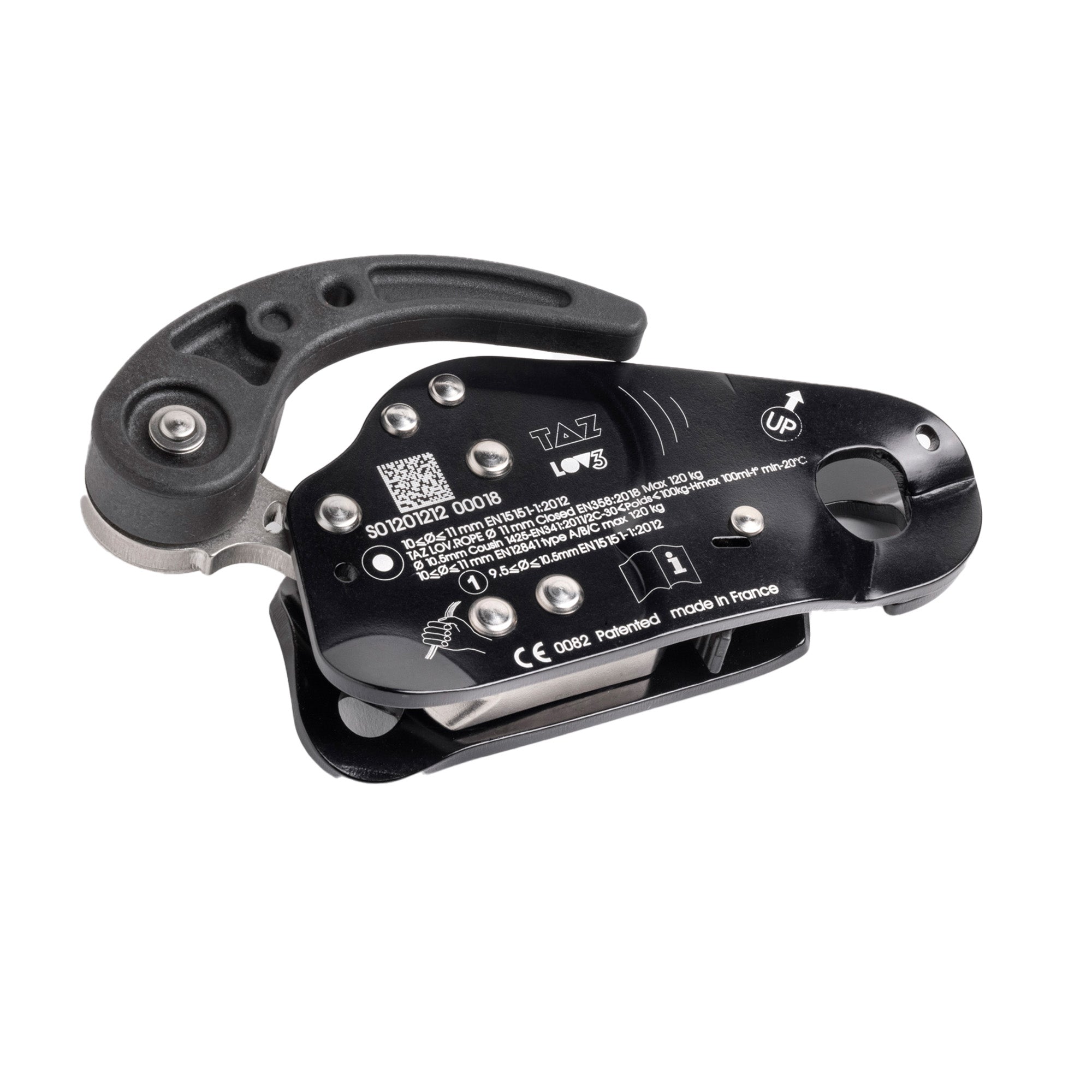
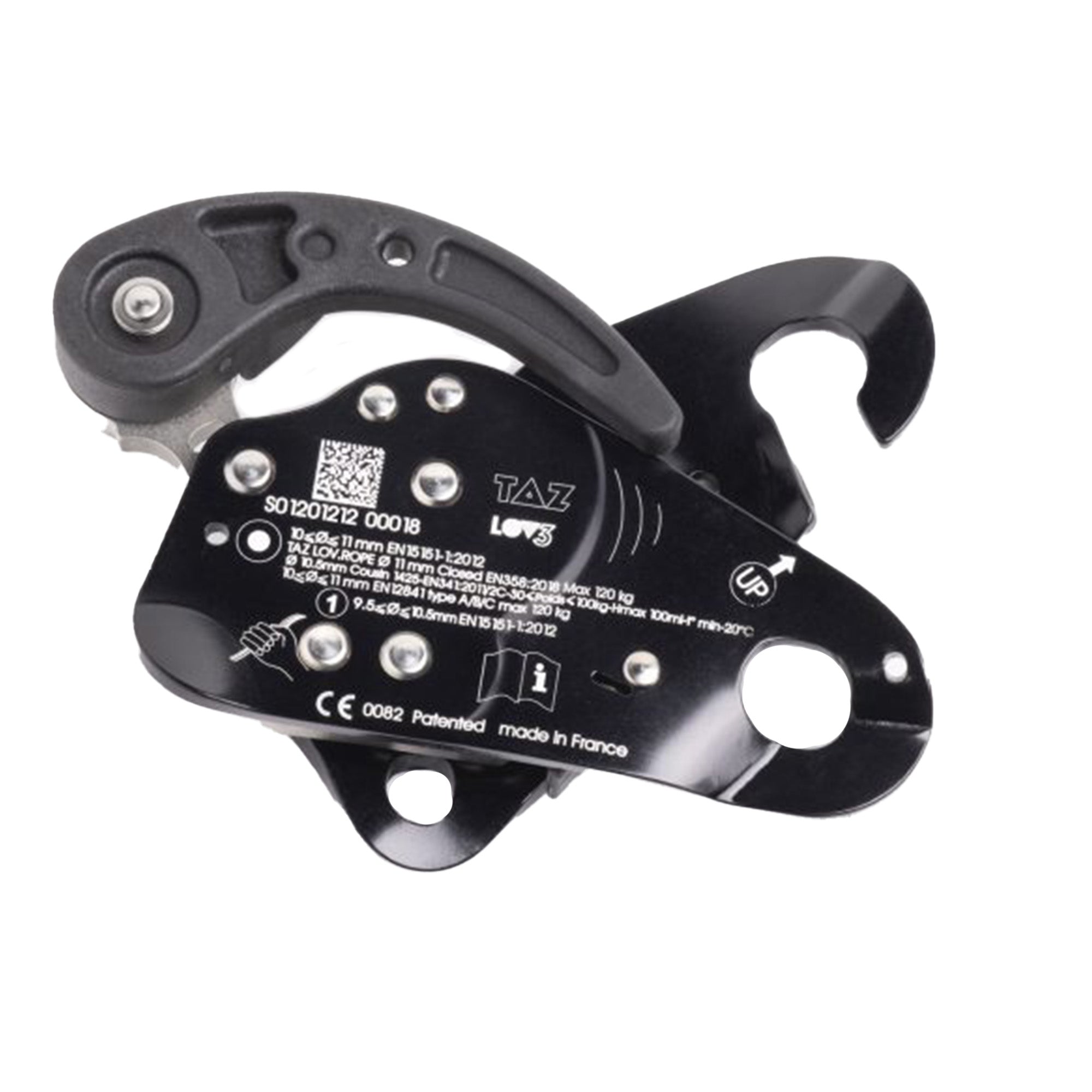
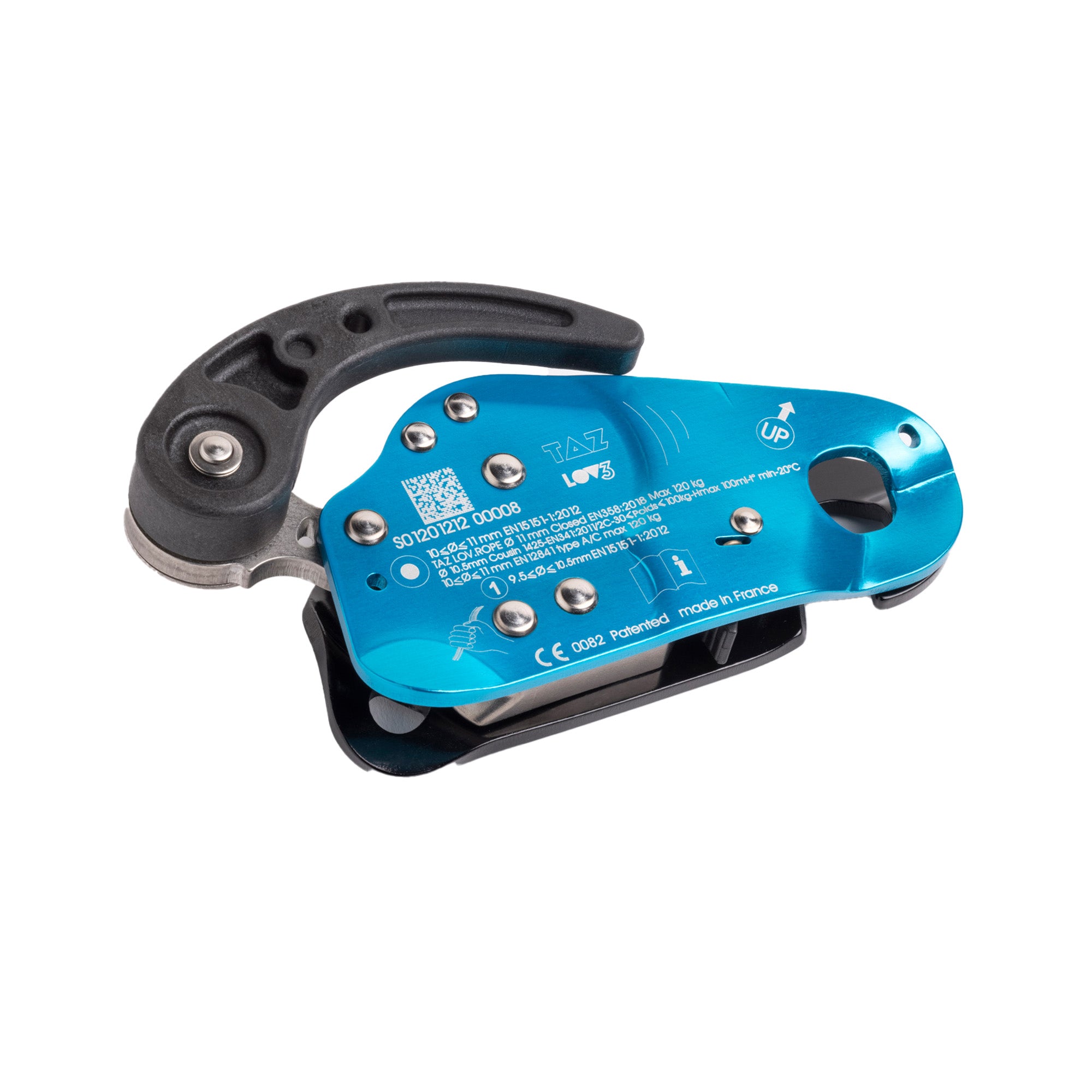
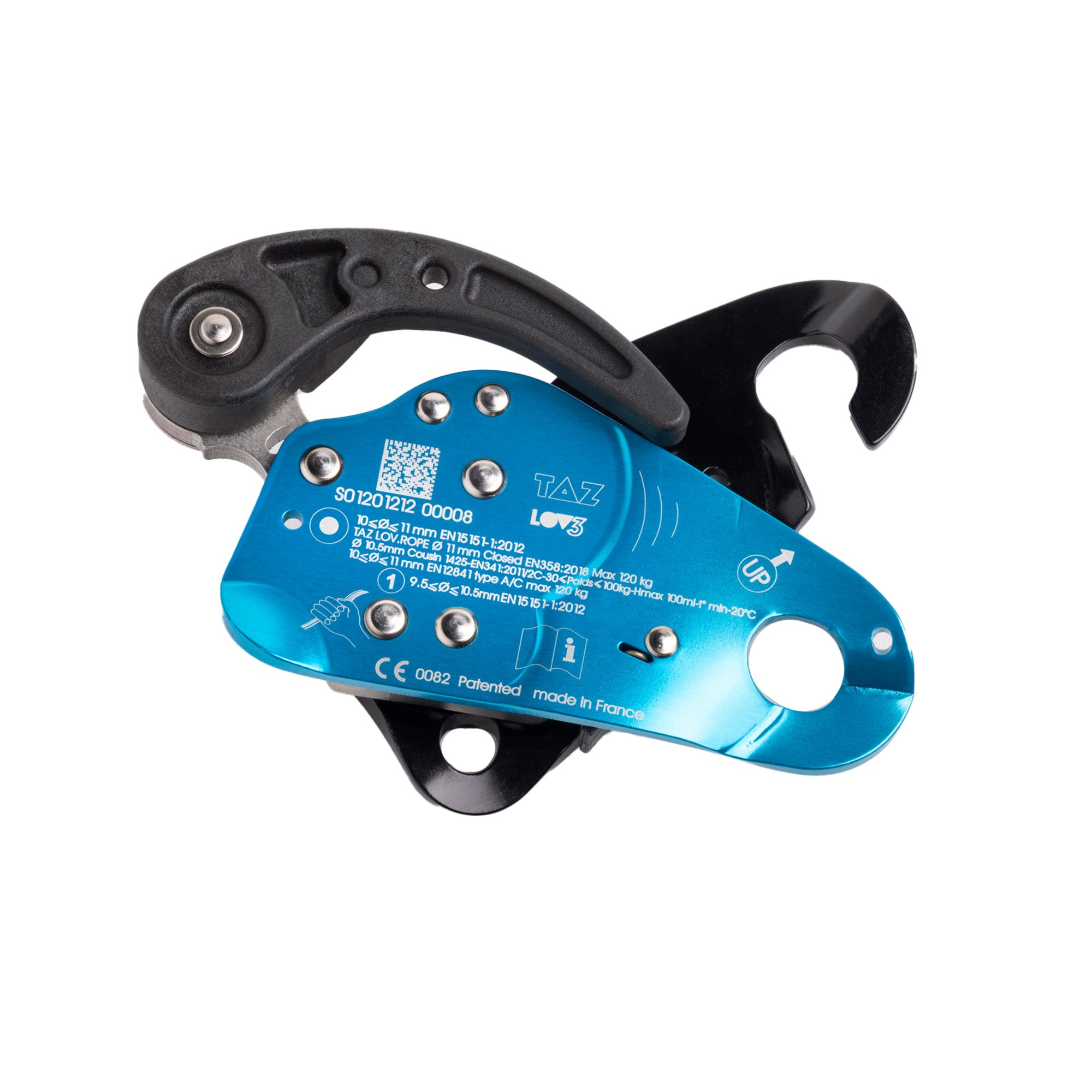
![id=[50592371114299, 49435509686587]](http://hownot2.com/cdn/shop/files/LOV3-PURPLE-CLOSED.jpg?v=1754607433&width=2000)
![id=[50592371114299, 49435509686587]](http://hownot2.com/cdn/shop/files/LOV3-PURPLE-OPEN.jpg?v=1754607433&width=2000)
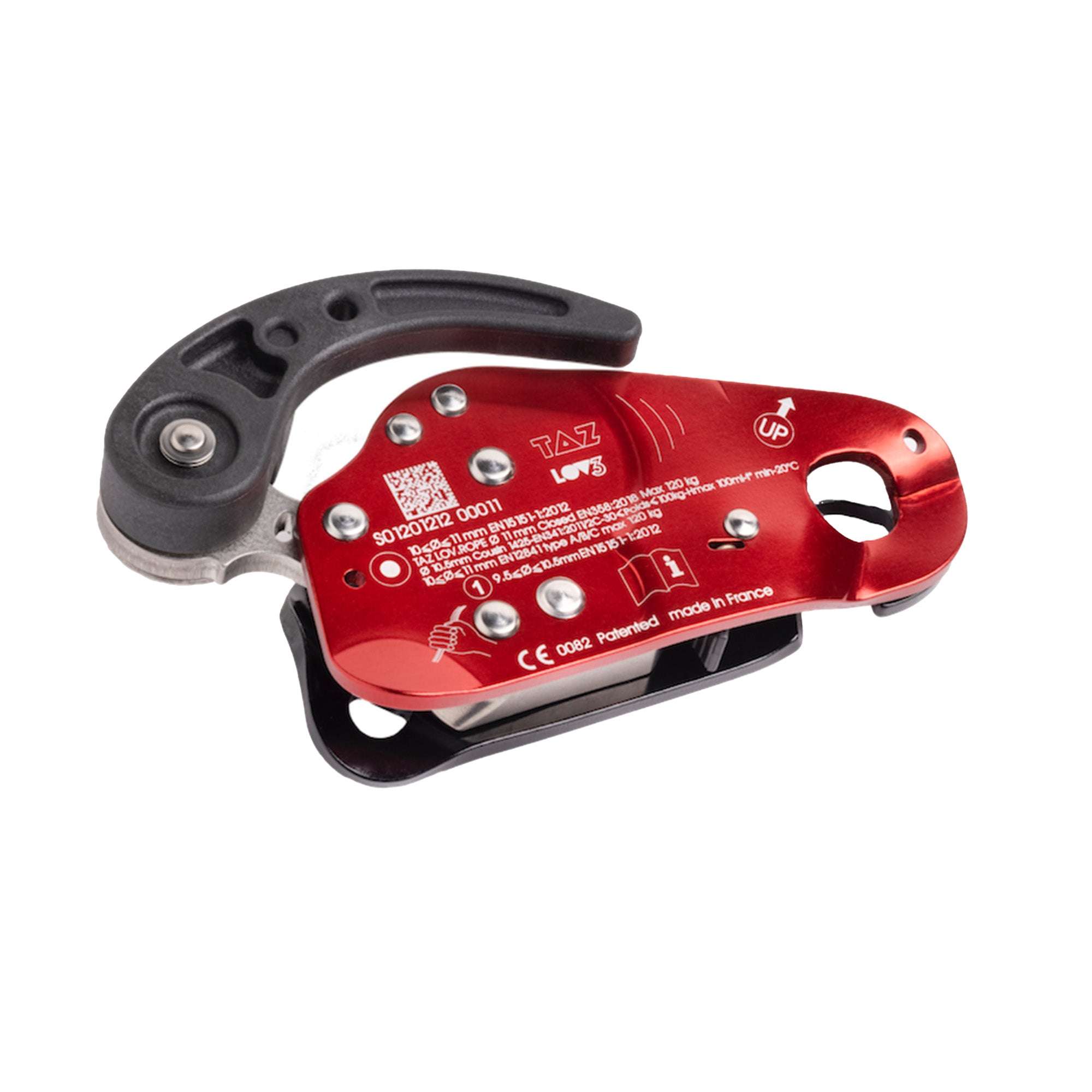
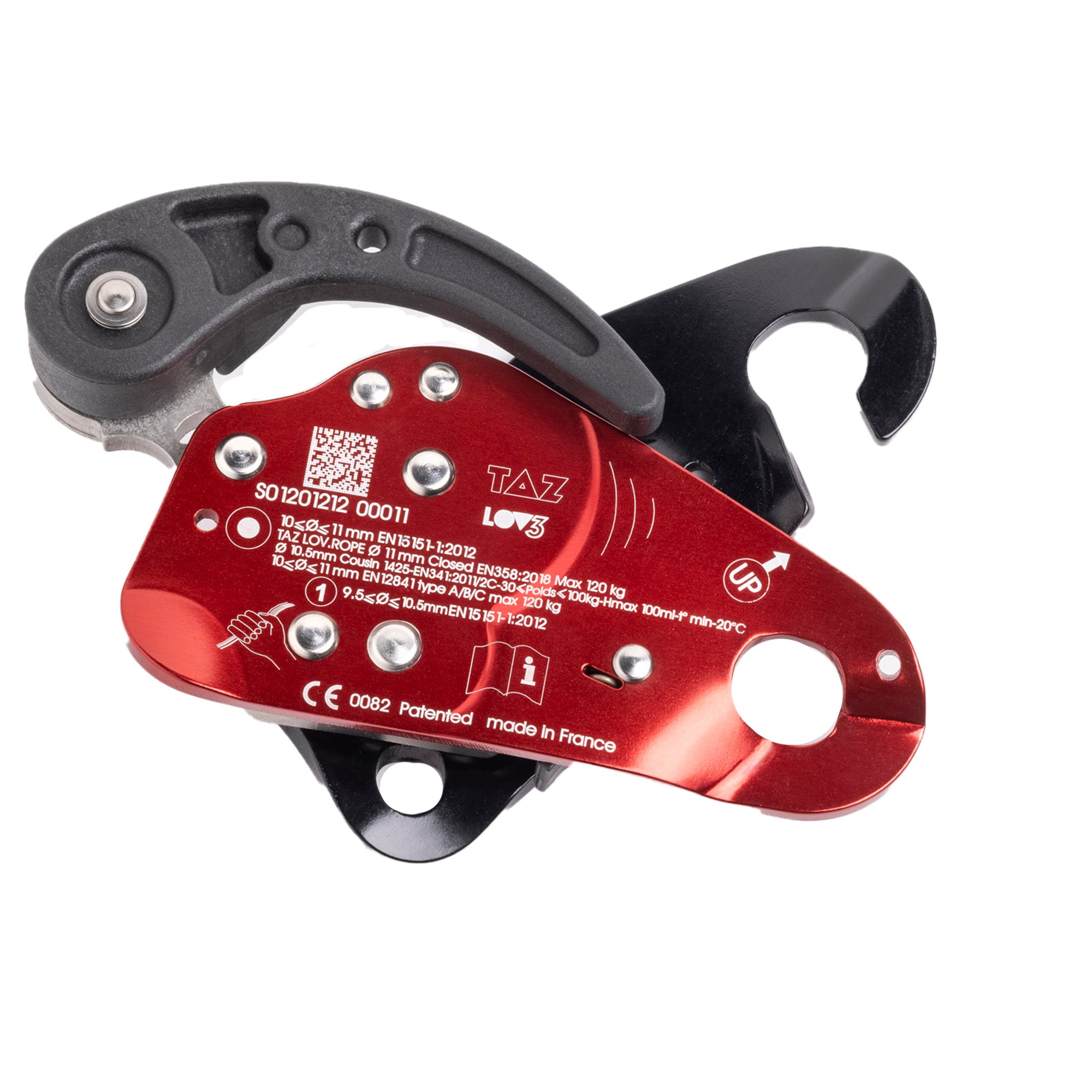


LOV3
Tier benefits:
Tier benefits:
The LOV3 is a fall arrest and descender device which operates on normal vertical ropes, or tensioned ropes.
An evolution of the LOV2, it has a captive function: the device can be installed on the rope, or removed from it, while it is connected to the carabiner. That means there is no danger of dropping the device during rope installation or removal.
Pros
- Install or remove on the rope without unclipping it from your harness
Cons
- Expensive
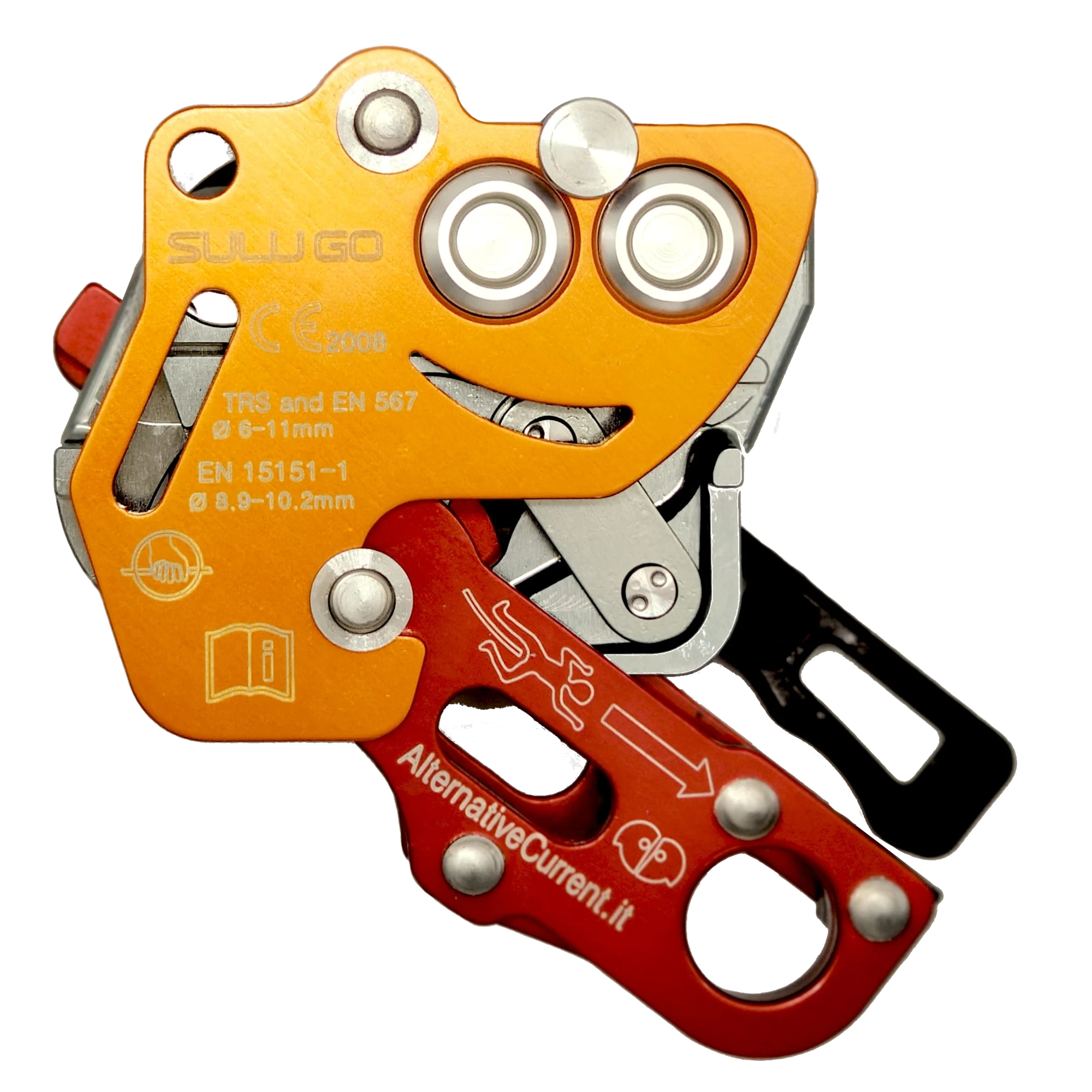
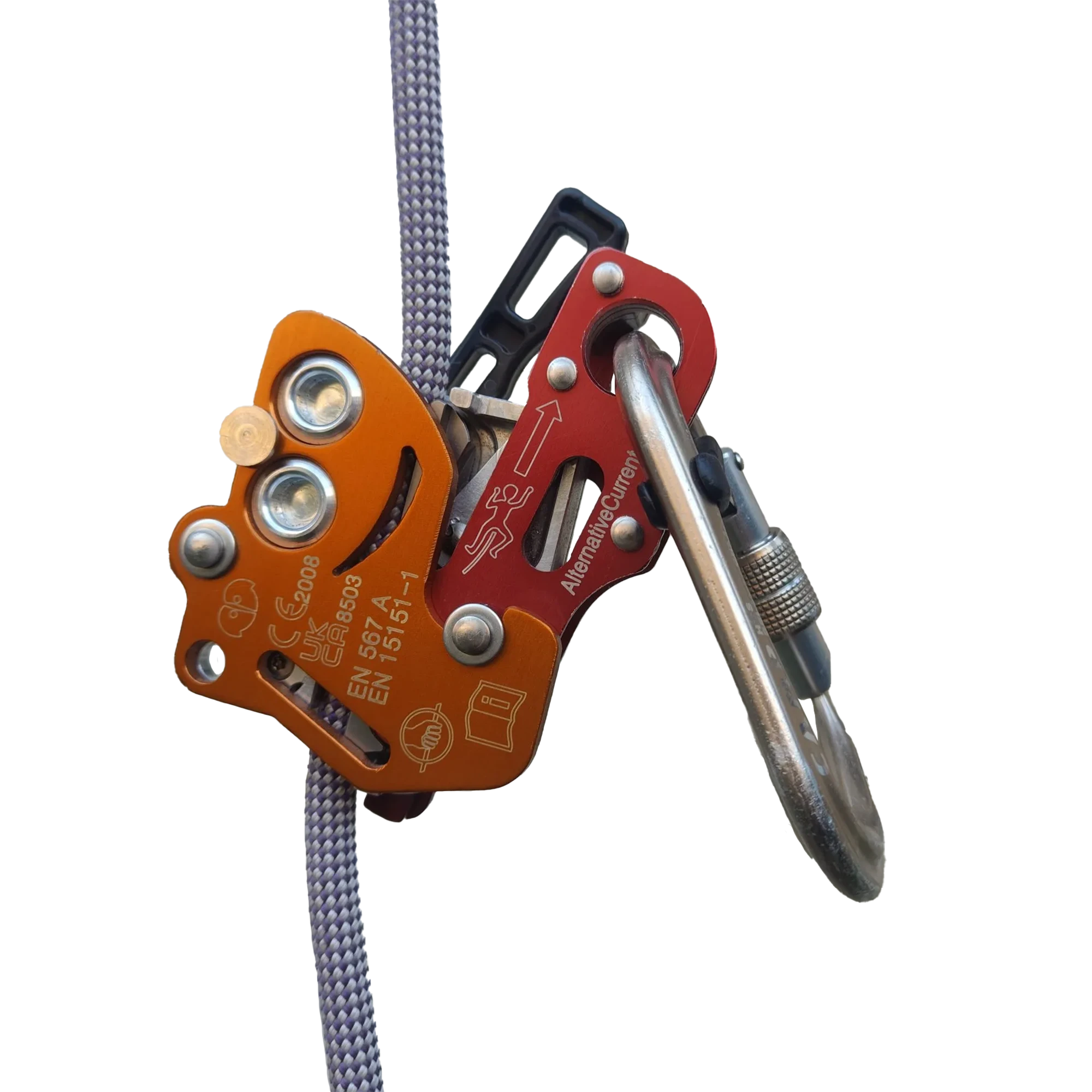

Sulu Go
Tier benefits:
Tier benefits:
The SULU GO is a versatile braking and progress capture device with manual-assisted slide locking, ideal for lead and top rope climbing.
Features:
- Certified for using TOP ROPE SOLO climbing techniques
- Assisted braking device with zero force
- Smooth descent control: The revolutionary sled system, rather than a cam, enables an exceptionally smooth regulation
- Optional additional safety system: with a small carabiner, you can lock the device’s opening
Pros
- Wide range of compatible rope diameter
- Assisted braking can be used as a descender/rappel device
Cons
- Bulky compared to some options
Neck Lanyard
When top rope soloing, it is important to keep your two redundant progress capture devices separated. This will help prevent your devices from interfering with each other and reduce how far you fall. The best way to do this is with a stretchy neck lanyard. You can make one at home with some shock cord. Make sure whatever you are using will break before it strangles you in case it gets caught on something in a fall. We prefer Avant's premade one since they are more comfortable and adjustable in length.

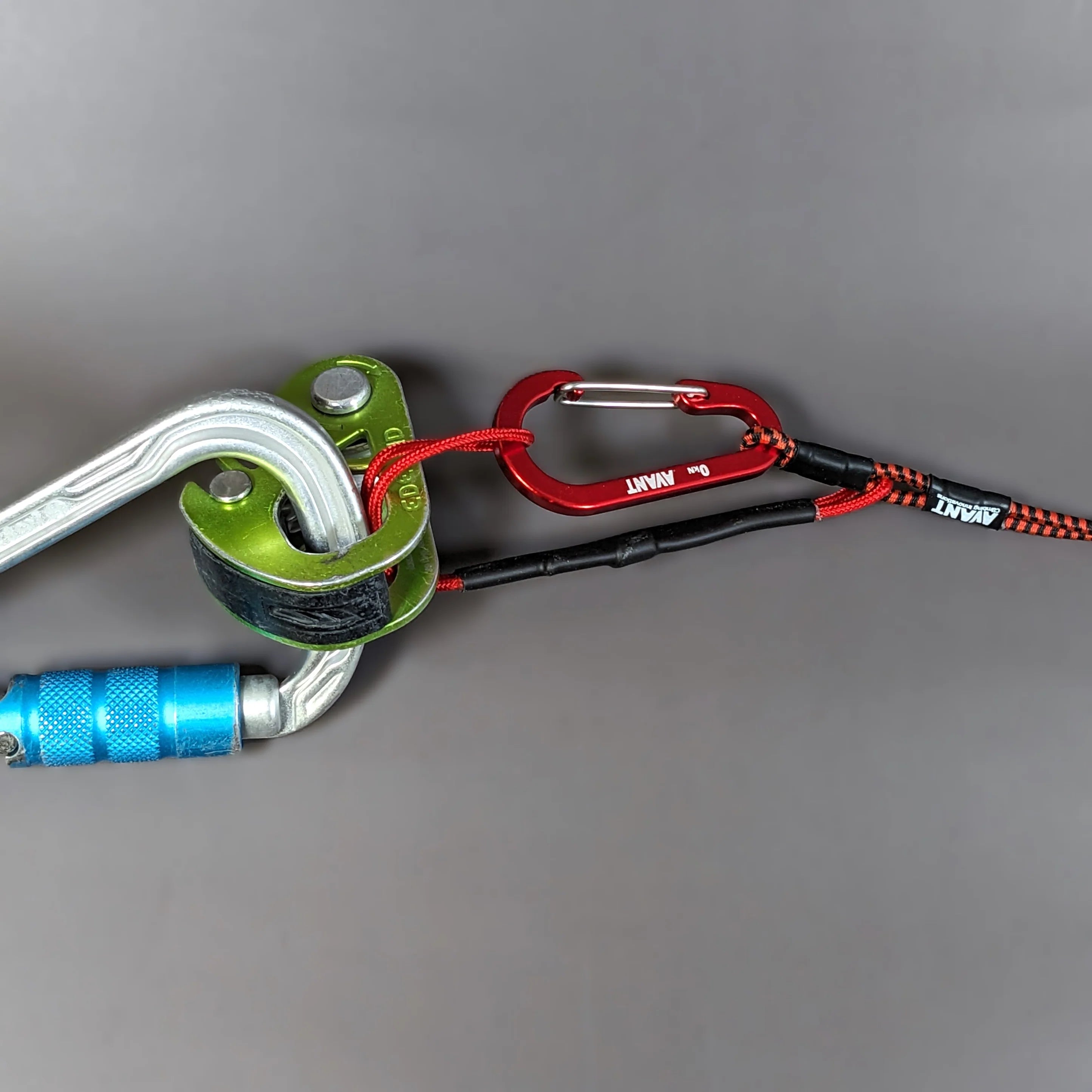

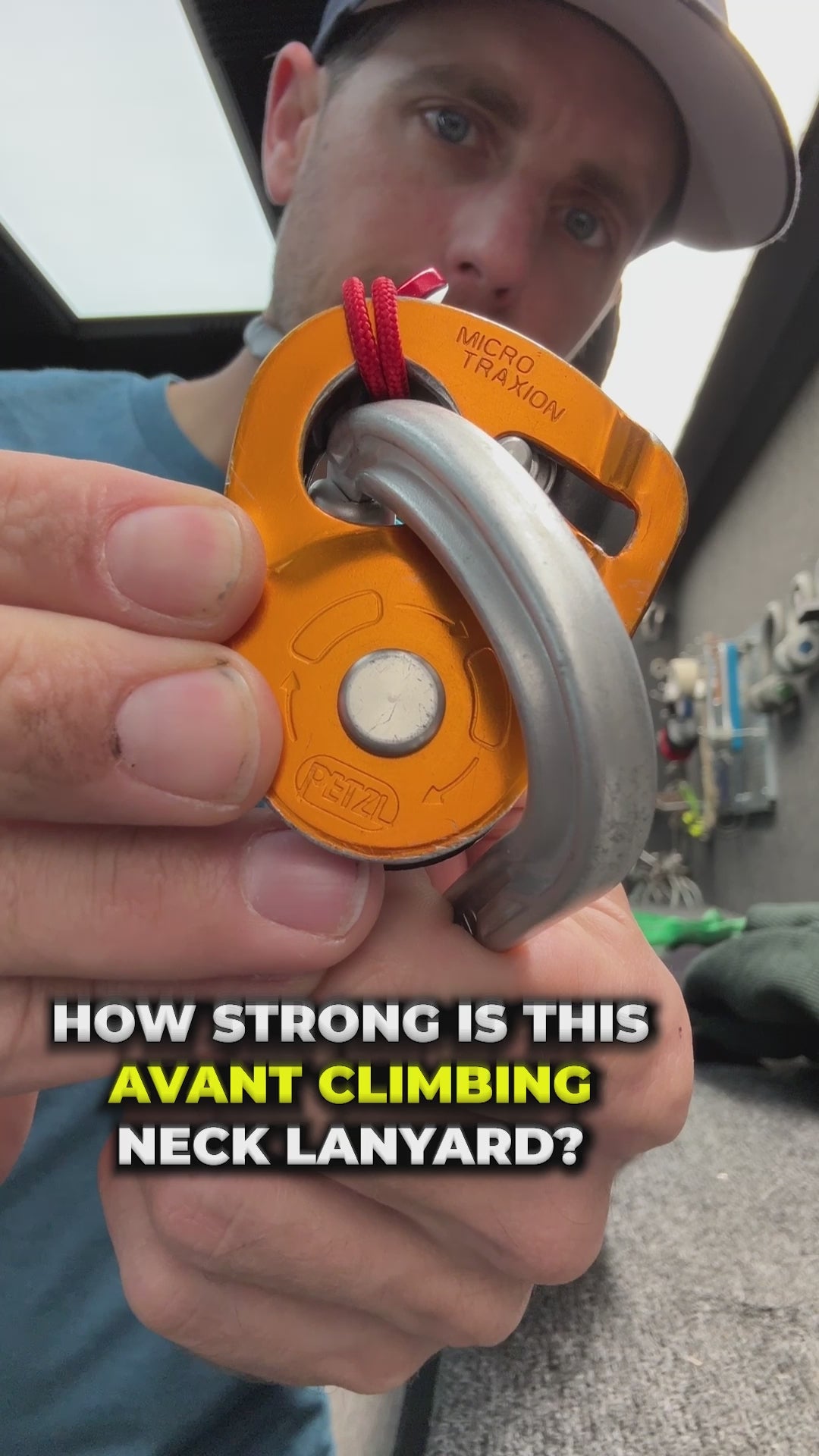
Top Rope Solo Neck Lanyard
Tier benefits:
Tier benefits:
Many homemade solutions have knots but these don't have any. They are easily adjustable whether you are climbing low angle or steep rock. These are extremely popular.
Pros
- Adjustable length
- Breaks away before your neck does if caught on something
Cons
- Higher cost than making it yourself
Rappel Device
Since you'll be fixing your rope from the top of the pitch, you will need a rappel device to get back down! We like using an assisted braking belay device for this. They do a good job of keeping you in place when you stop to re-fix your rope and can even double as a progress capture device in a pinch.
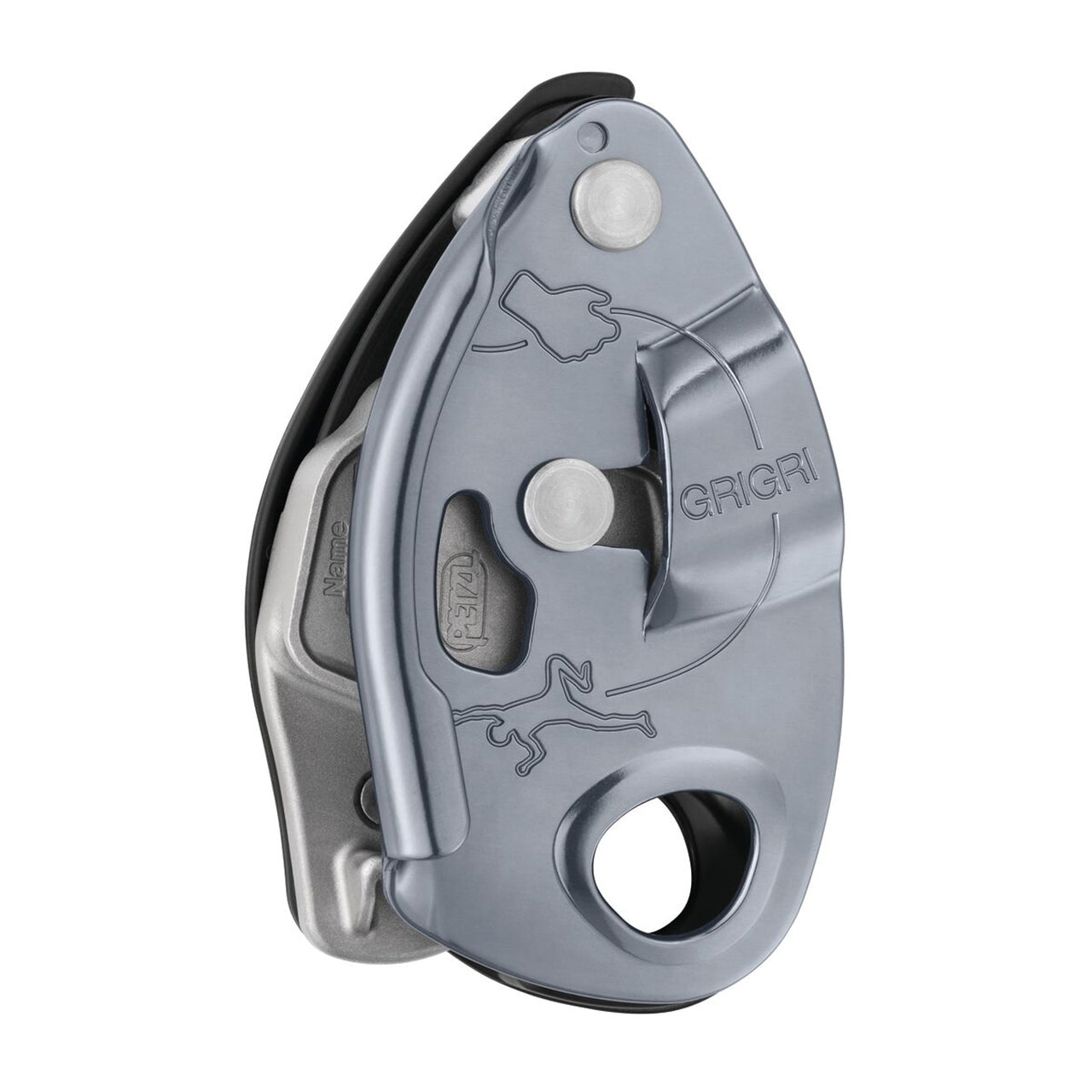
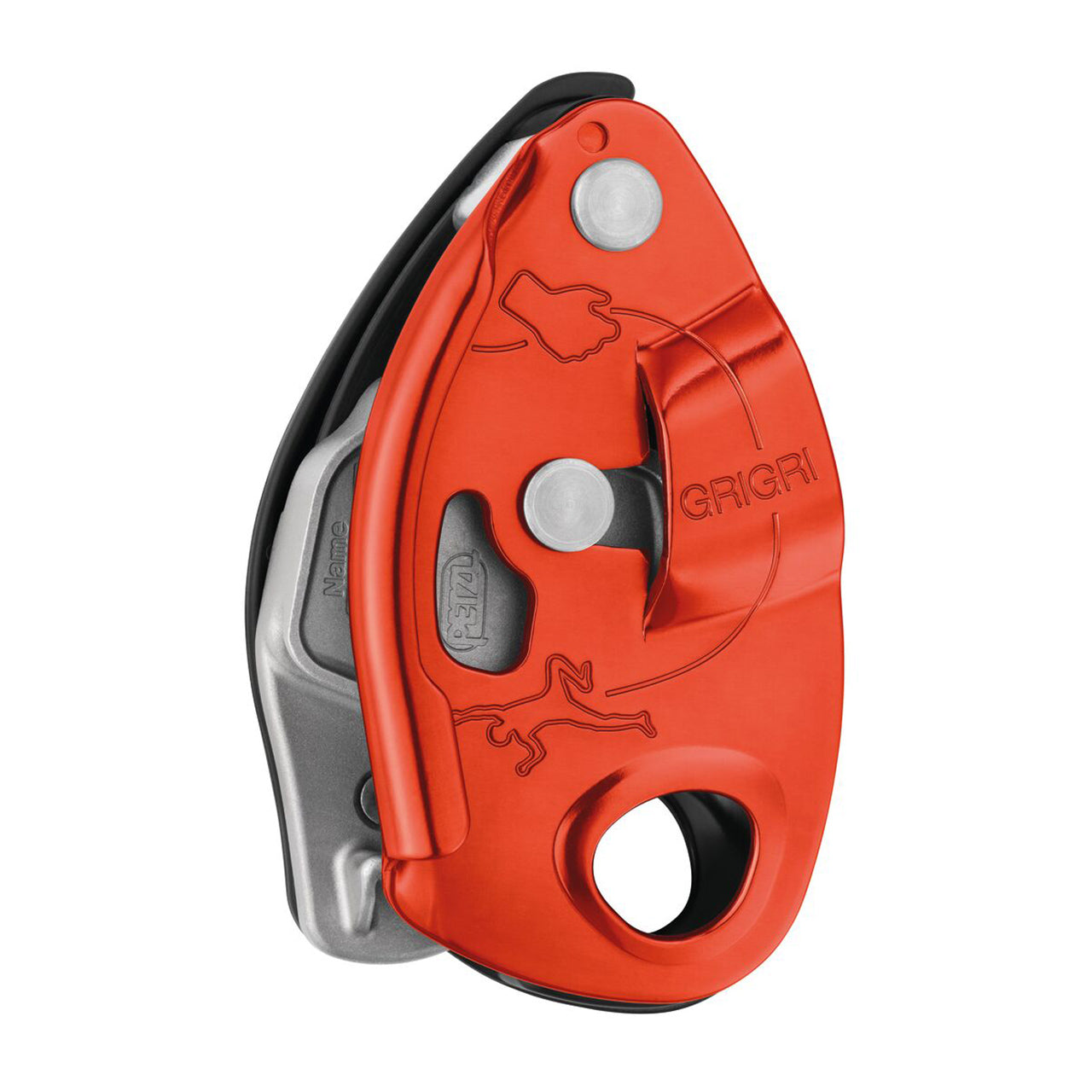
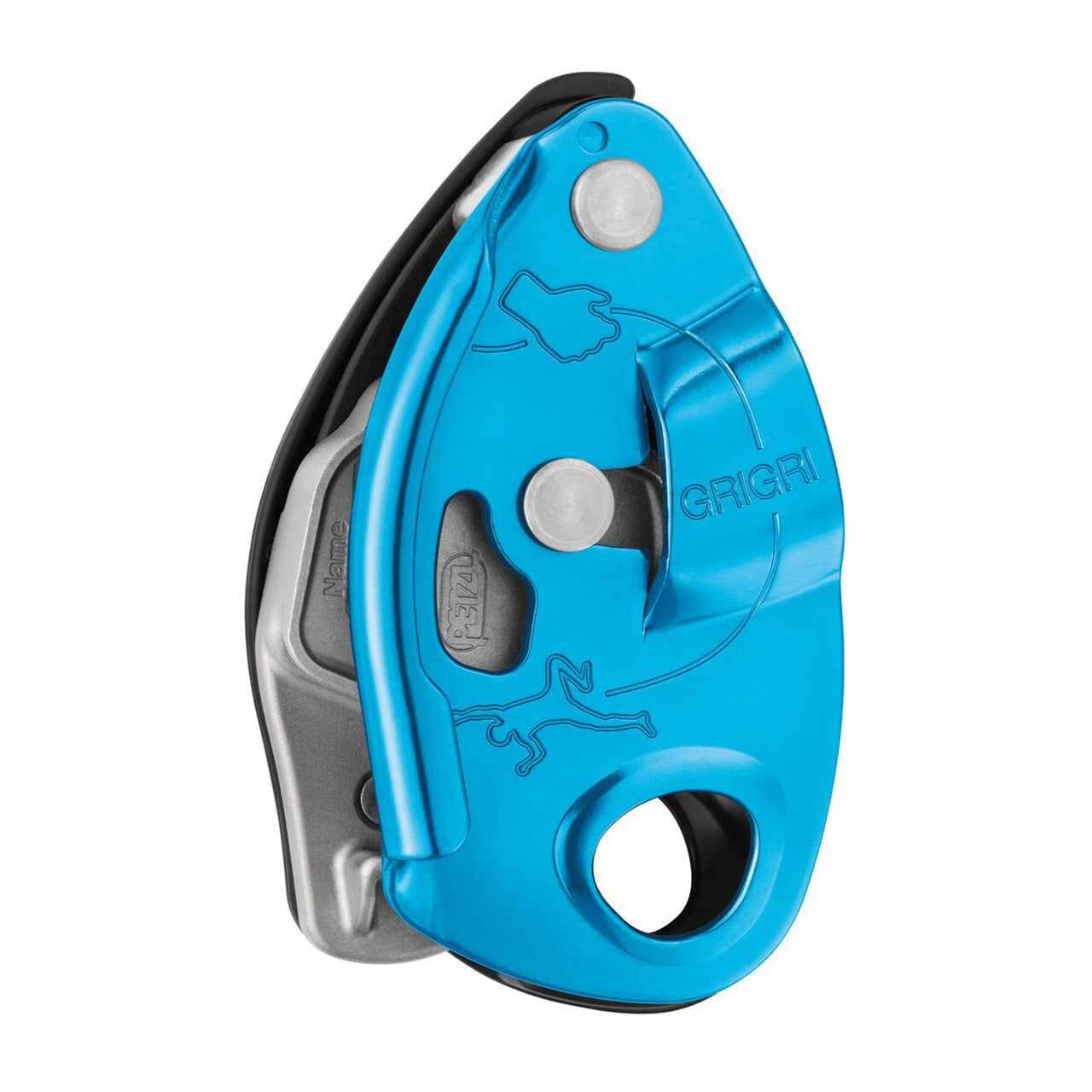
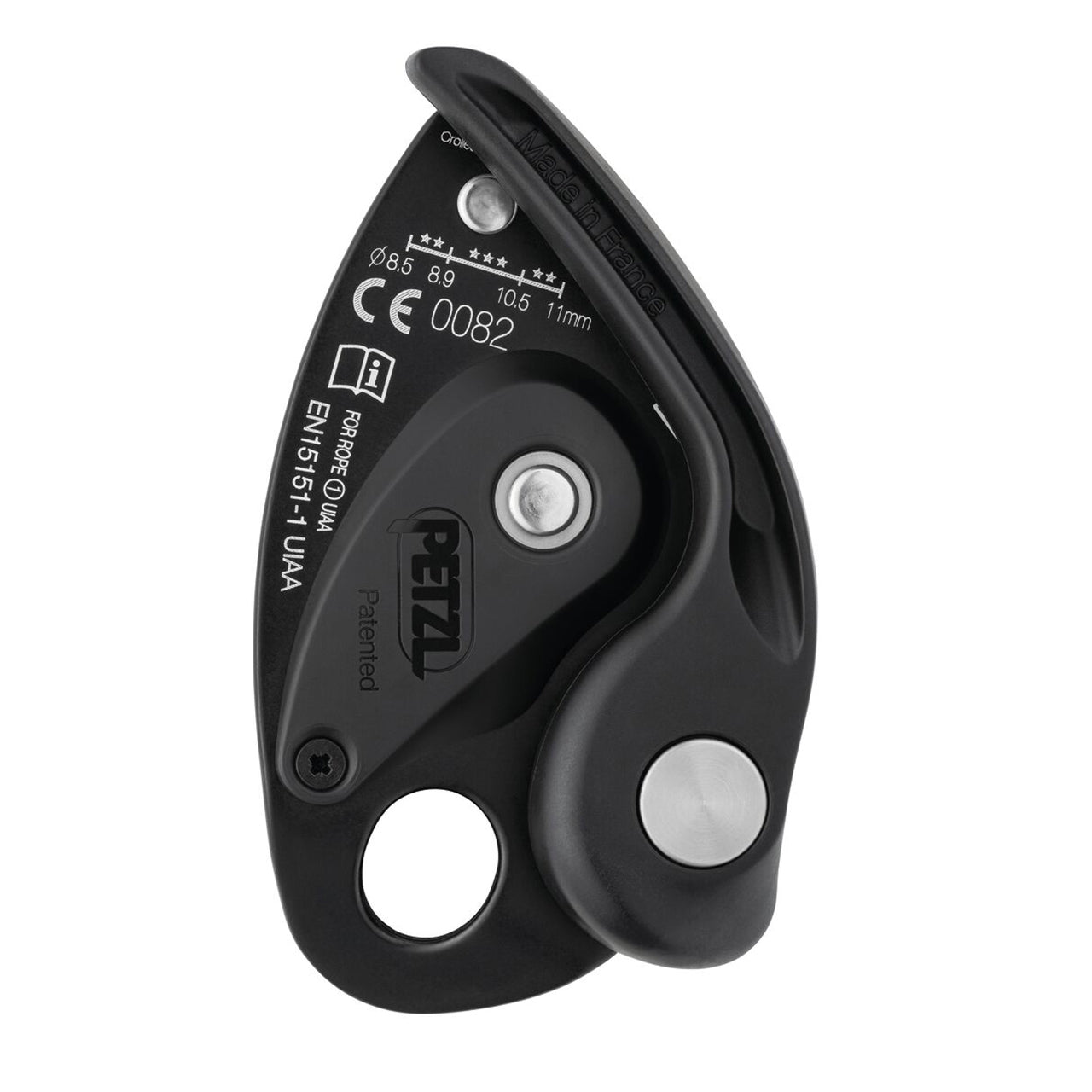

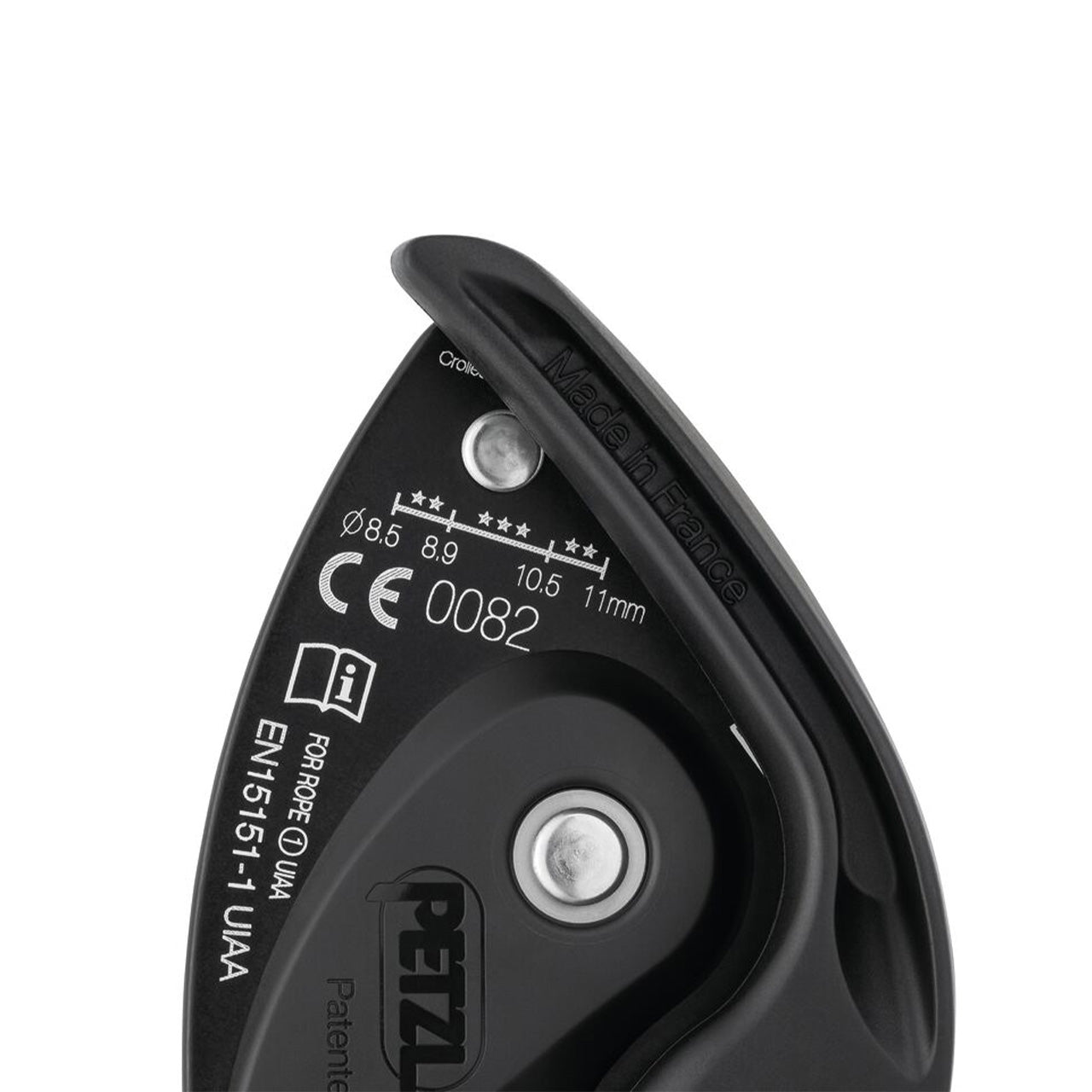

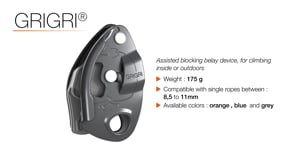
Grigri
Tier benefits:
Tier benefits:
Grigri's are the iPhone of brake assisted devices. All around useful tool to have if you need to go hands free while on rappel to add your grabby devices back on or to hold you while you take off the grabby devices. Almost certainly you can use this gear anywhere else you can climb.
Pros
- Super reliable tool
Cons
- Expensive
Adjustable Personal Anchor
While using a personal anchor is best practice in any climbing discipline, it is especially important while top rope soloing. You will use it to tether yourself to your anchor, when re-fixing your rope, and when transitioning to rappel mid pitch. Using an adjustable length lanyard makes all of these tasks that much easier, and keeping slack out of your system will help keep forces low.
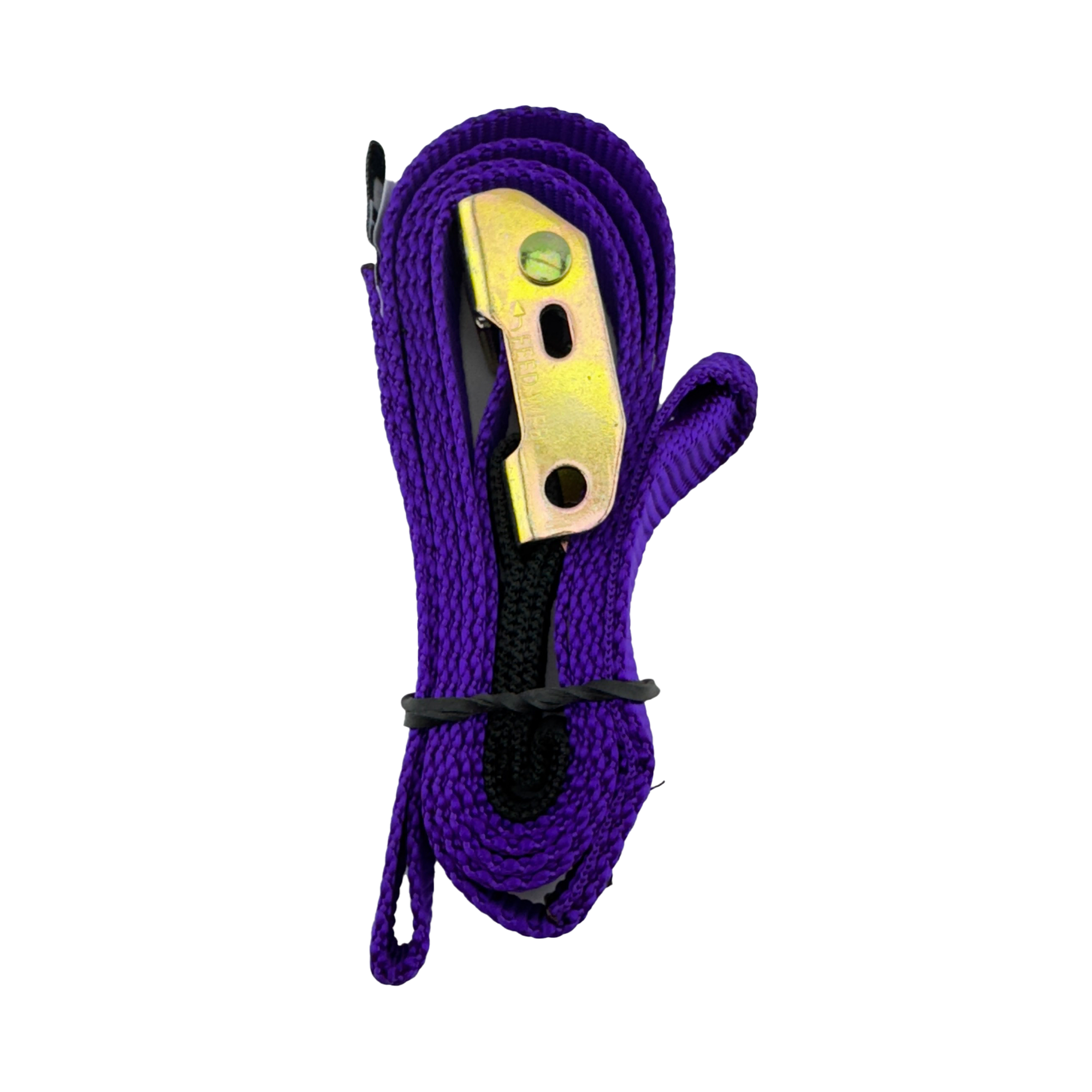
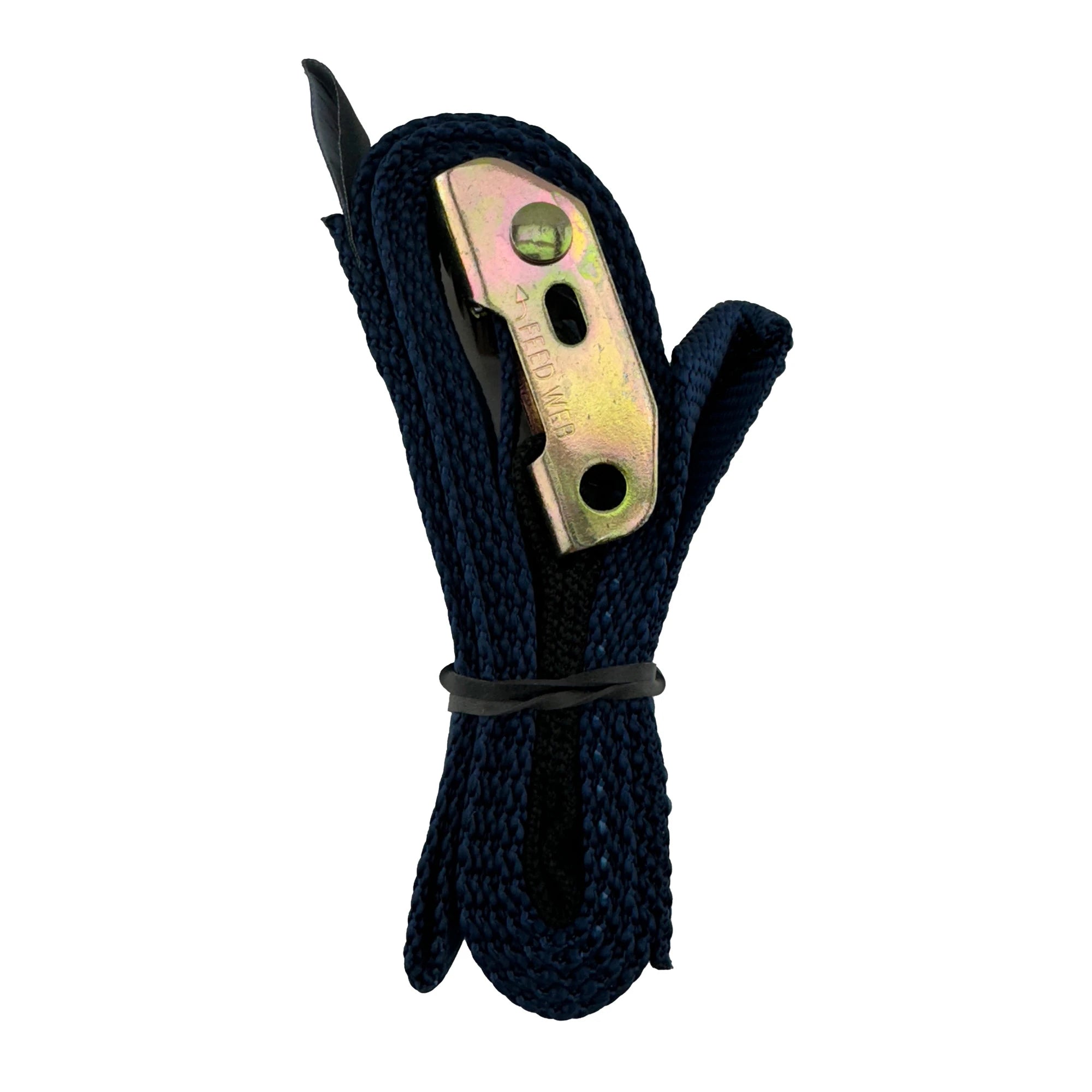

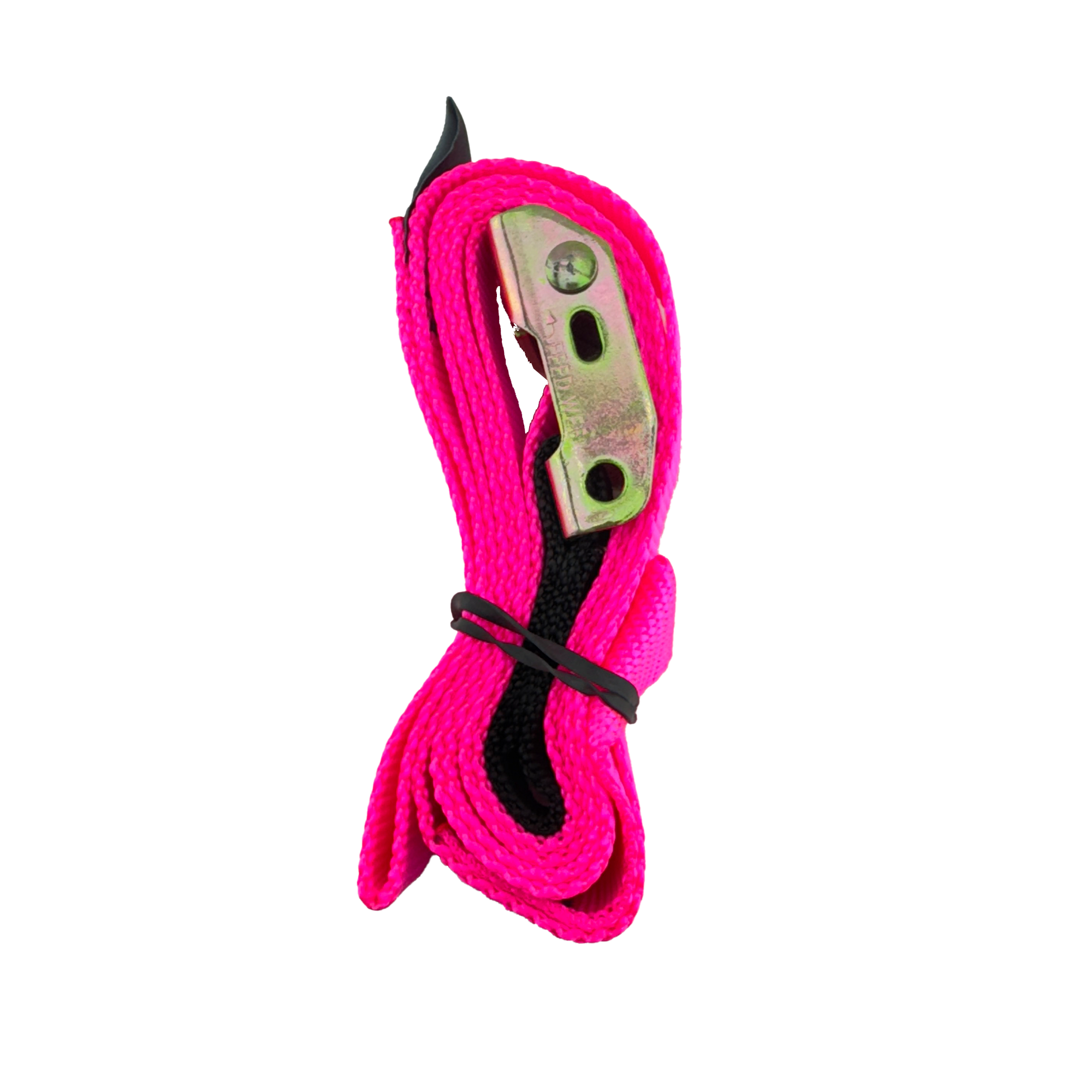
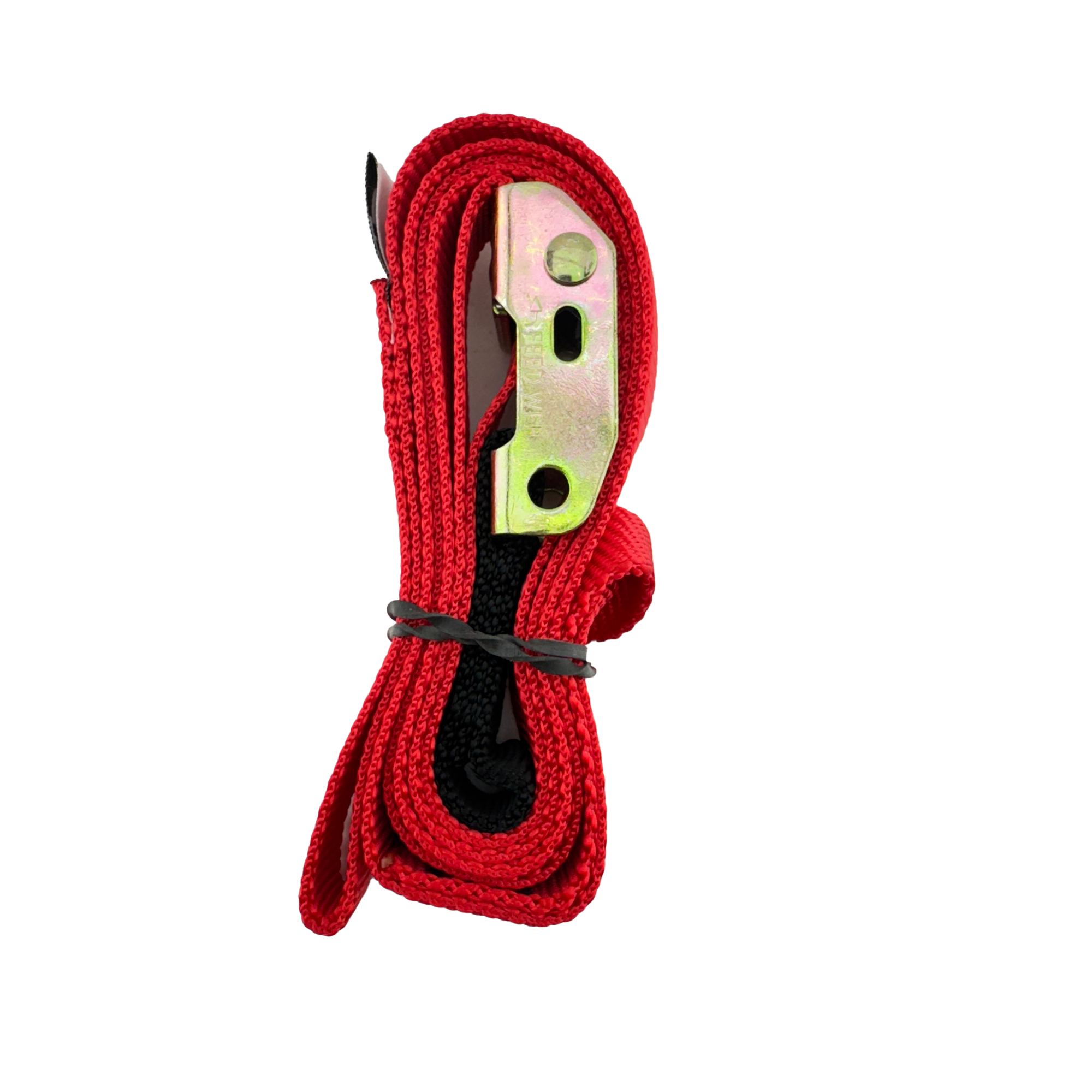
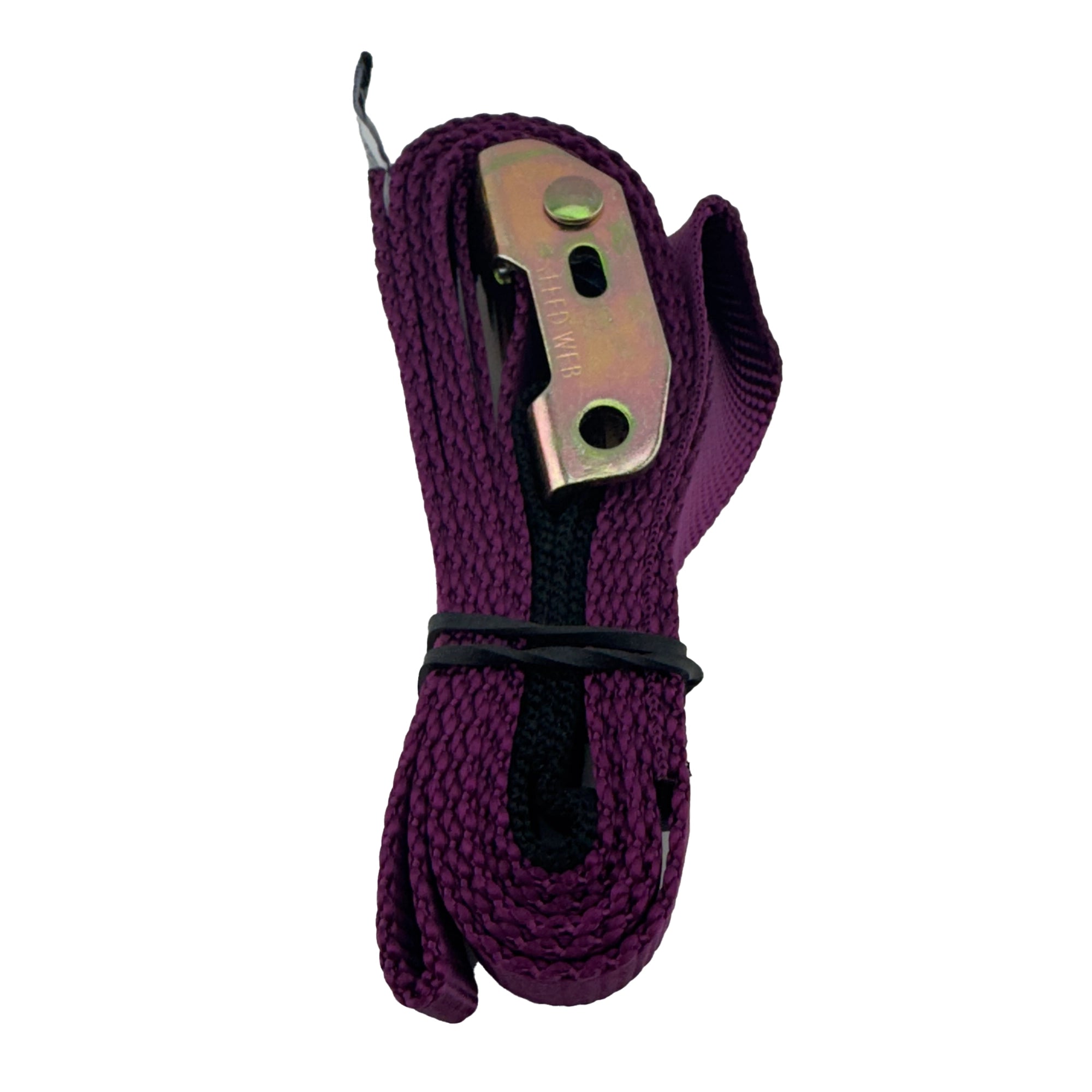
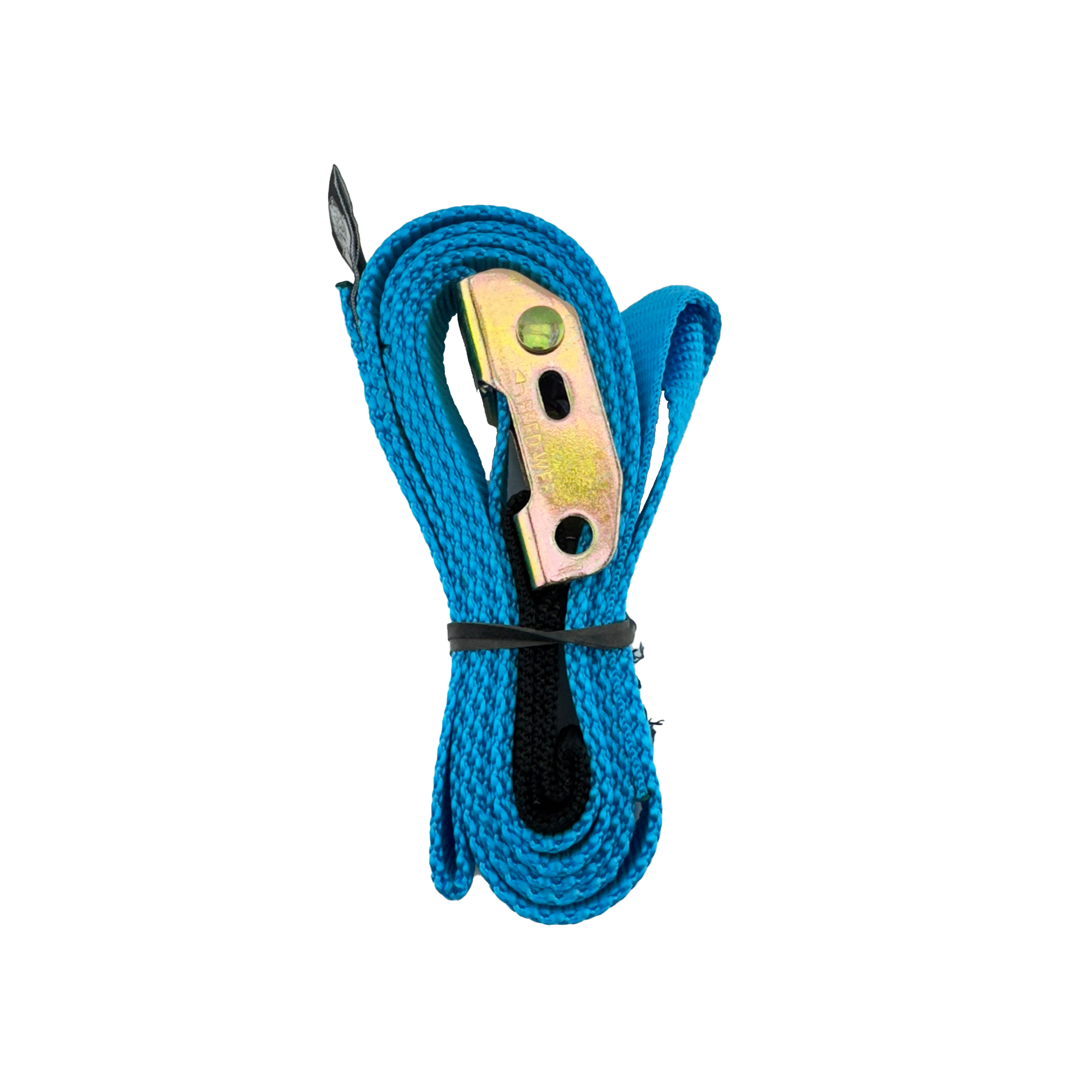
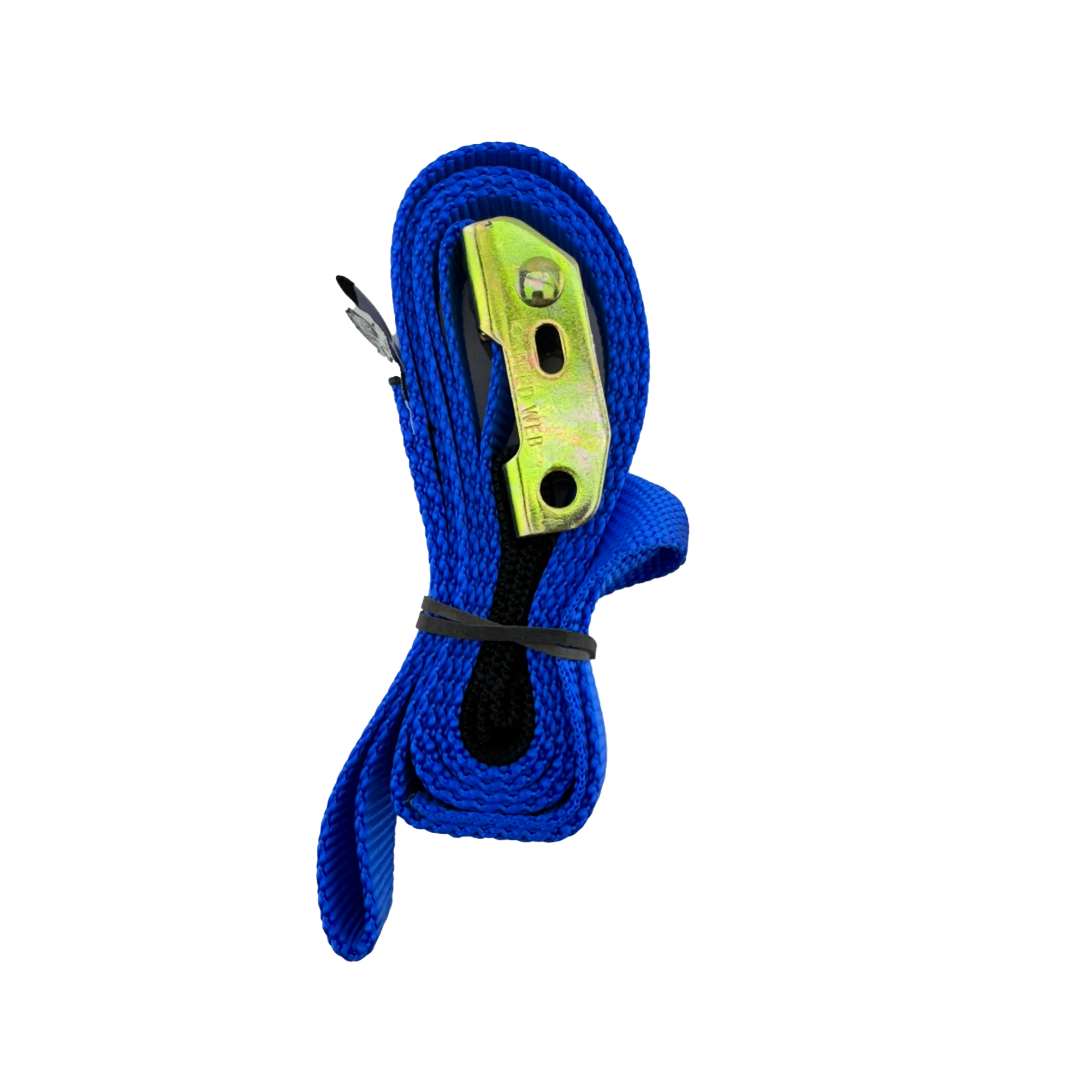
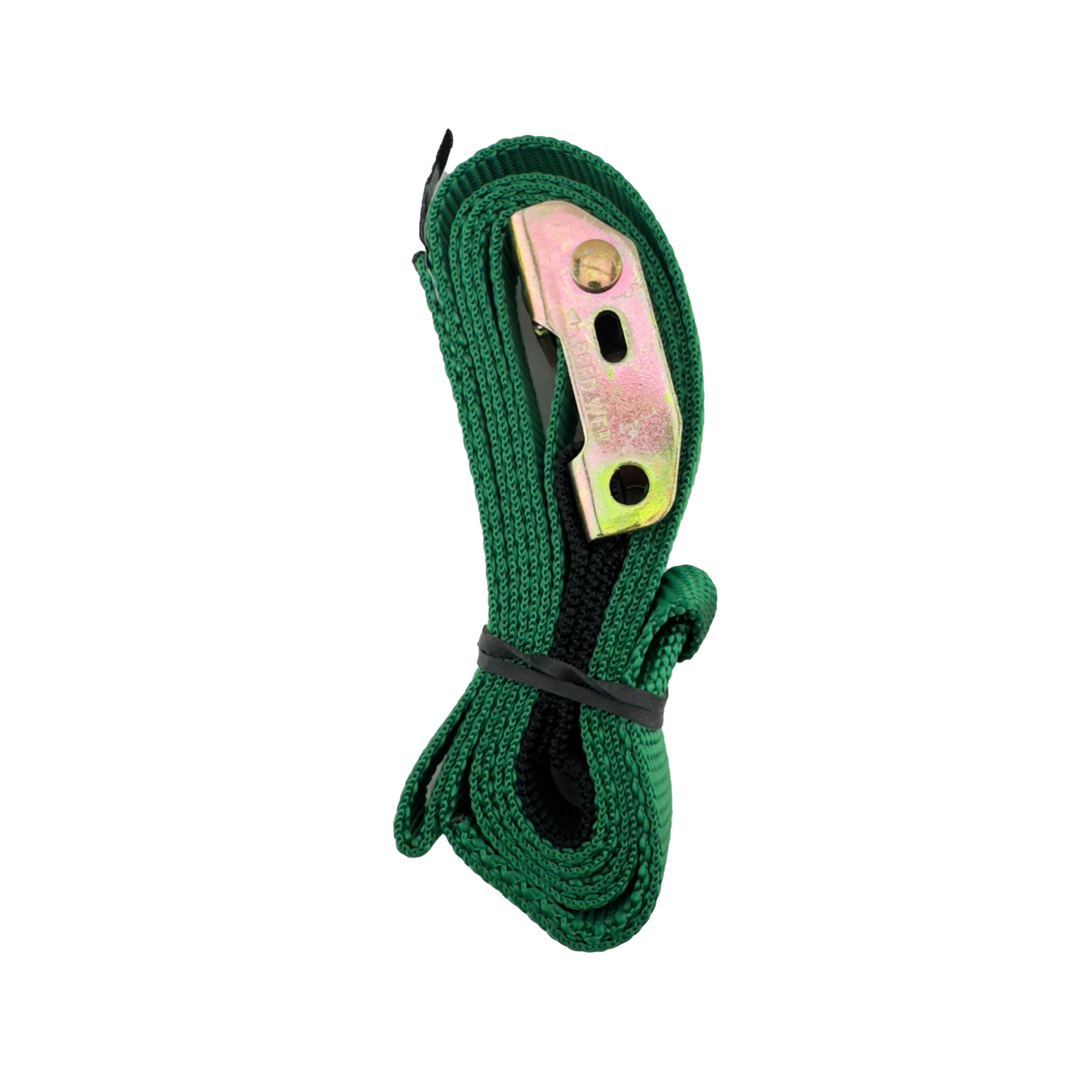
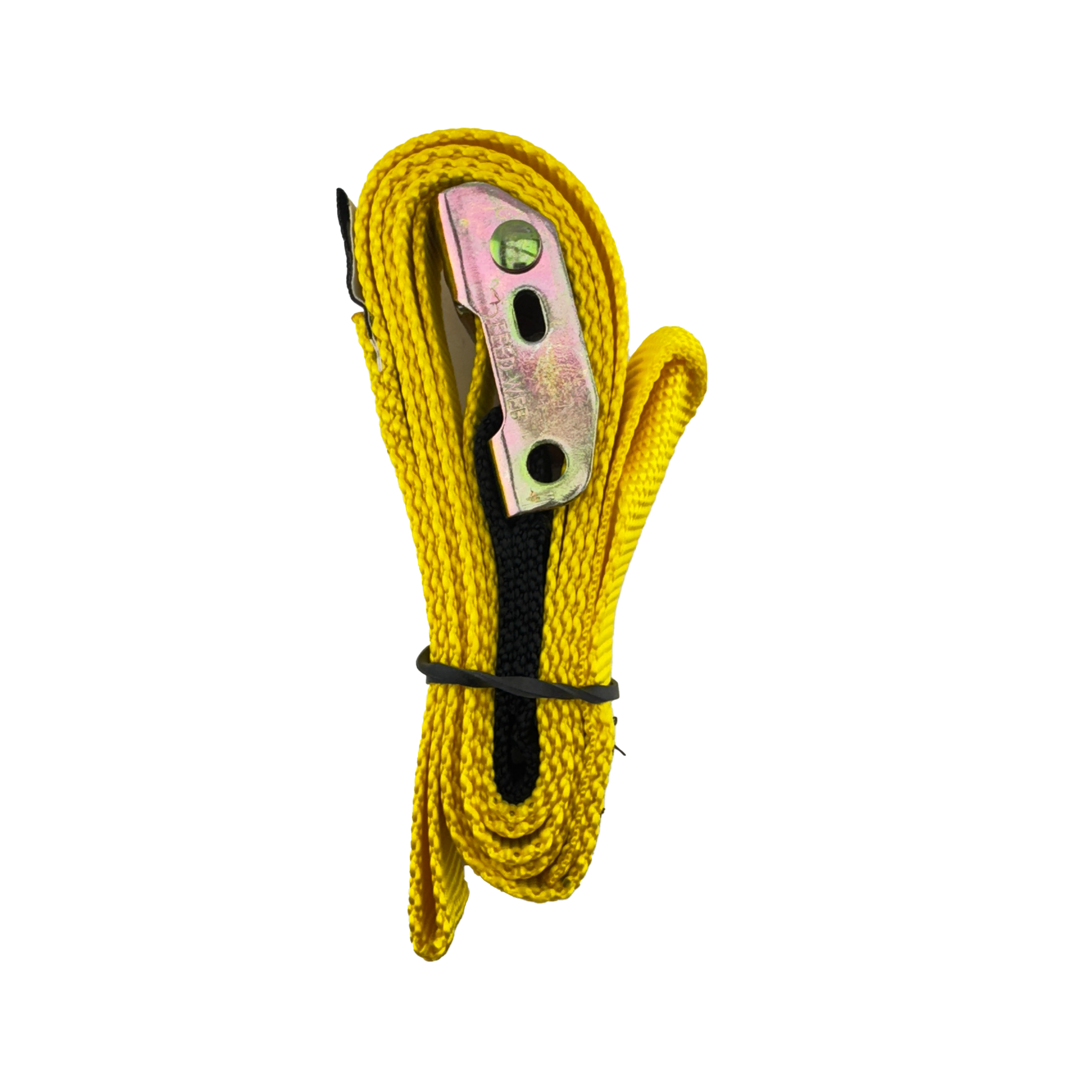
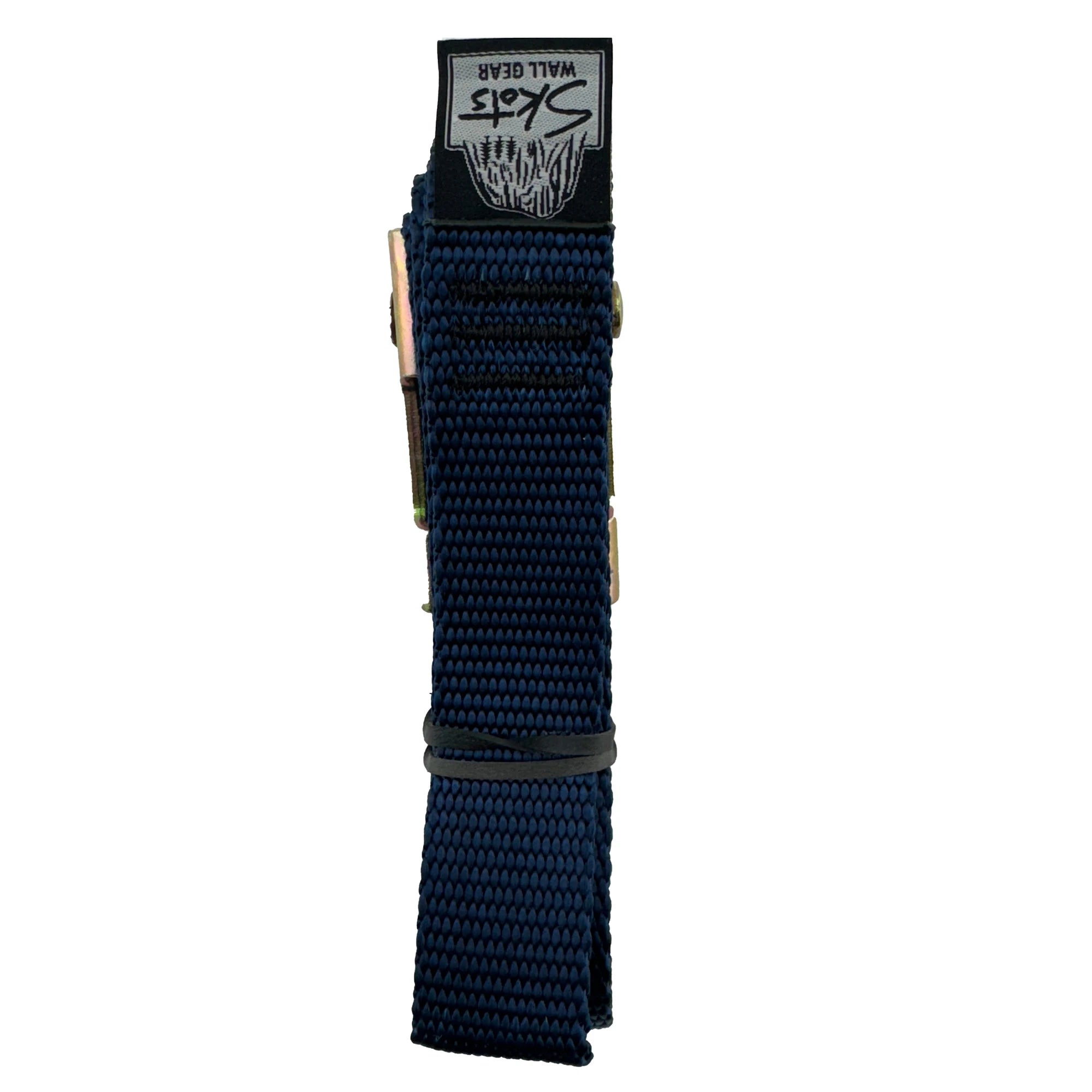

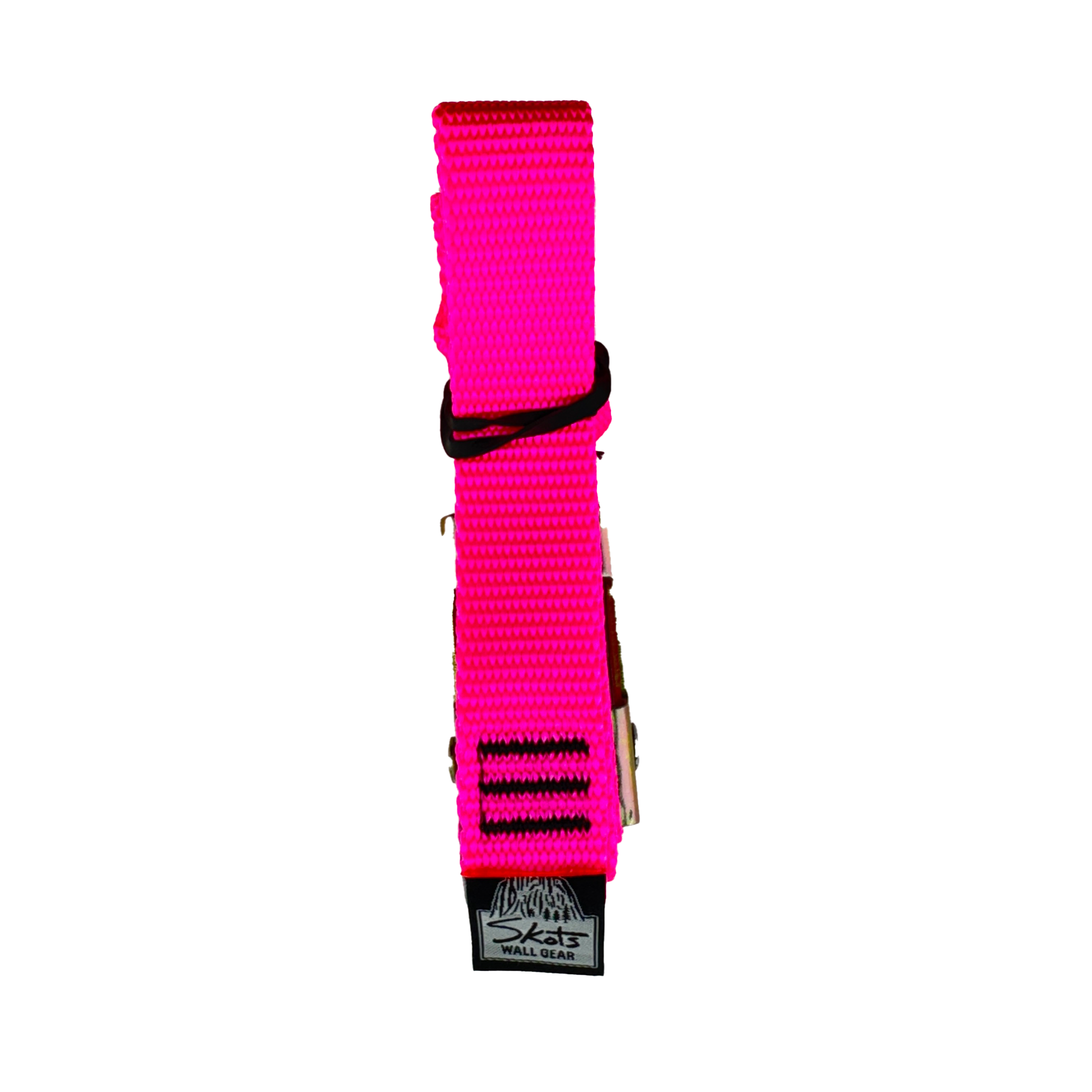
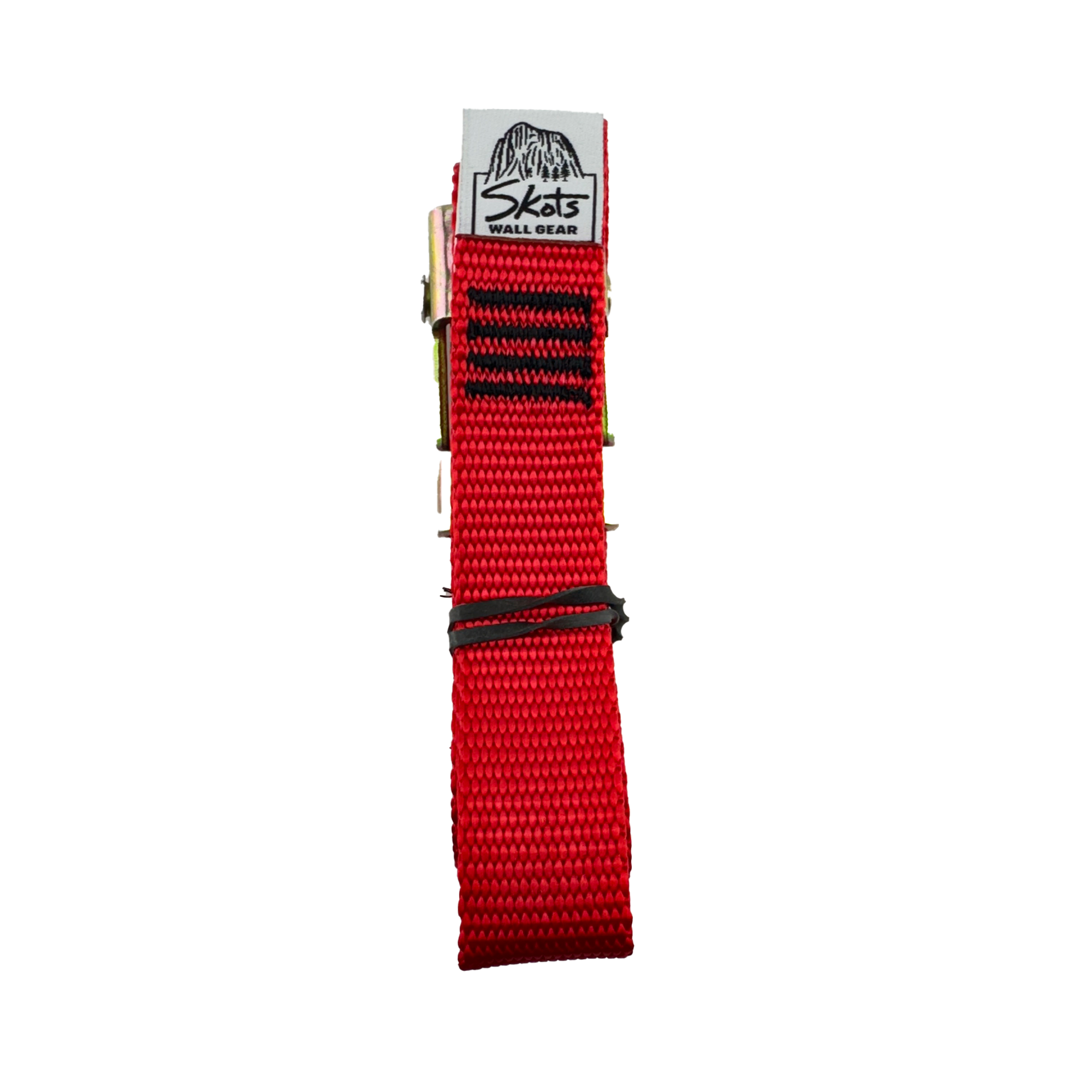
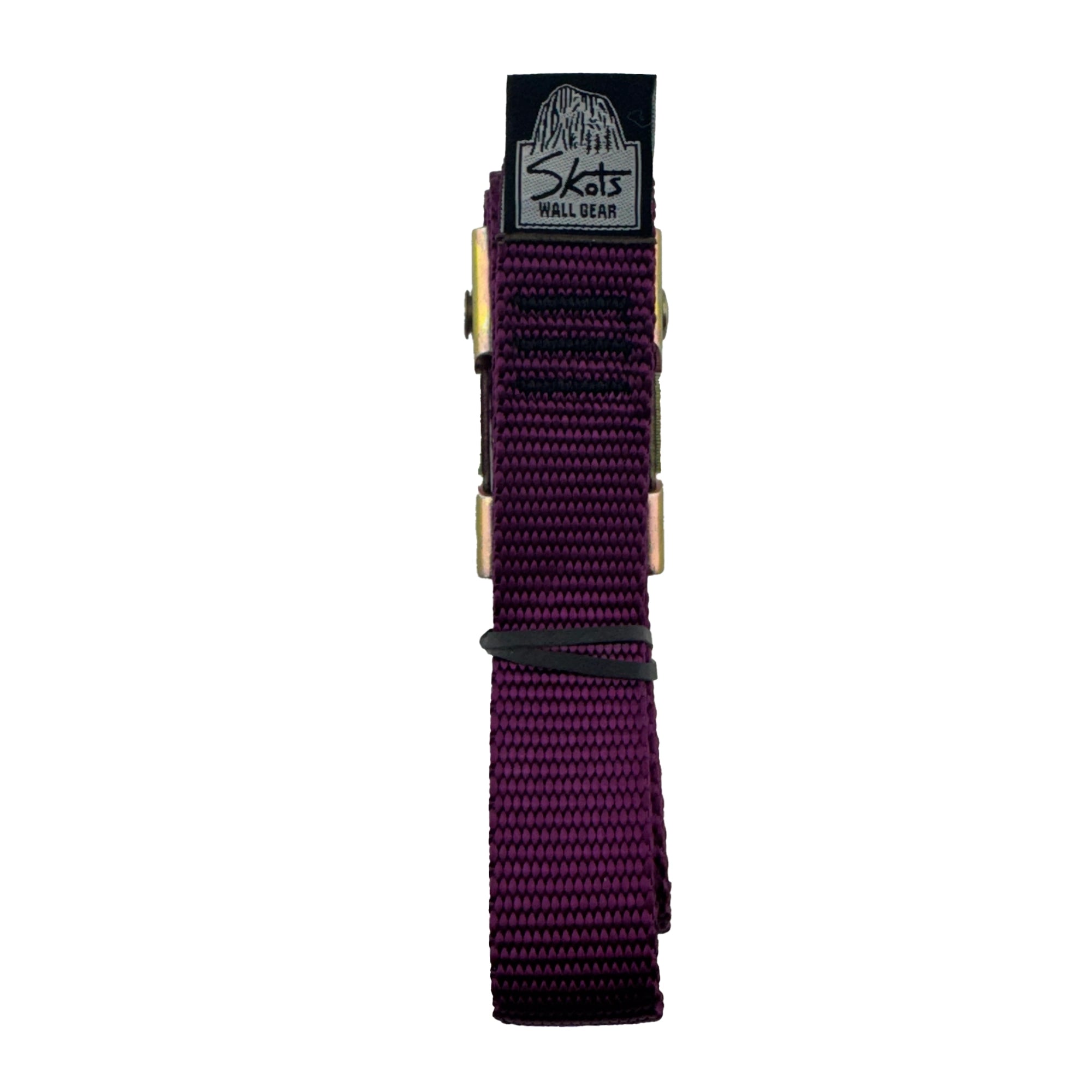

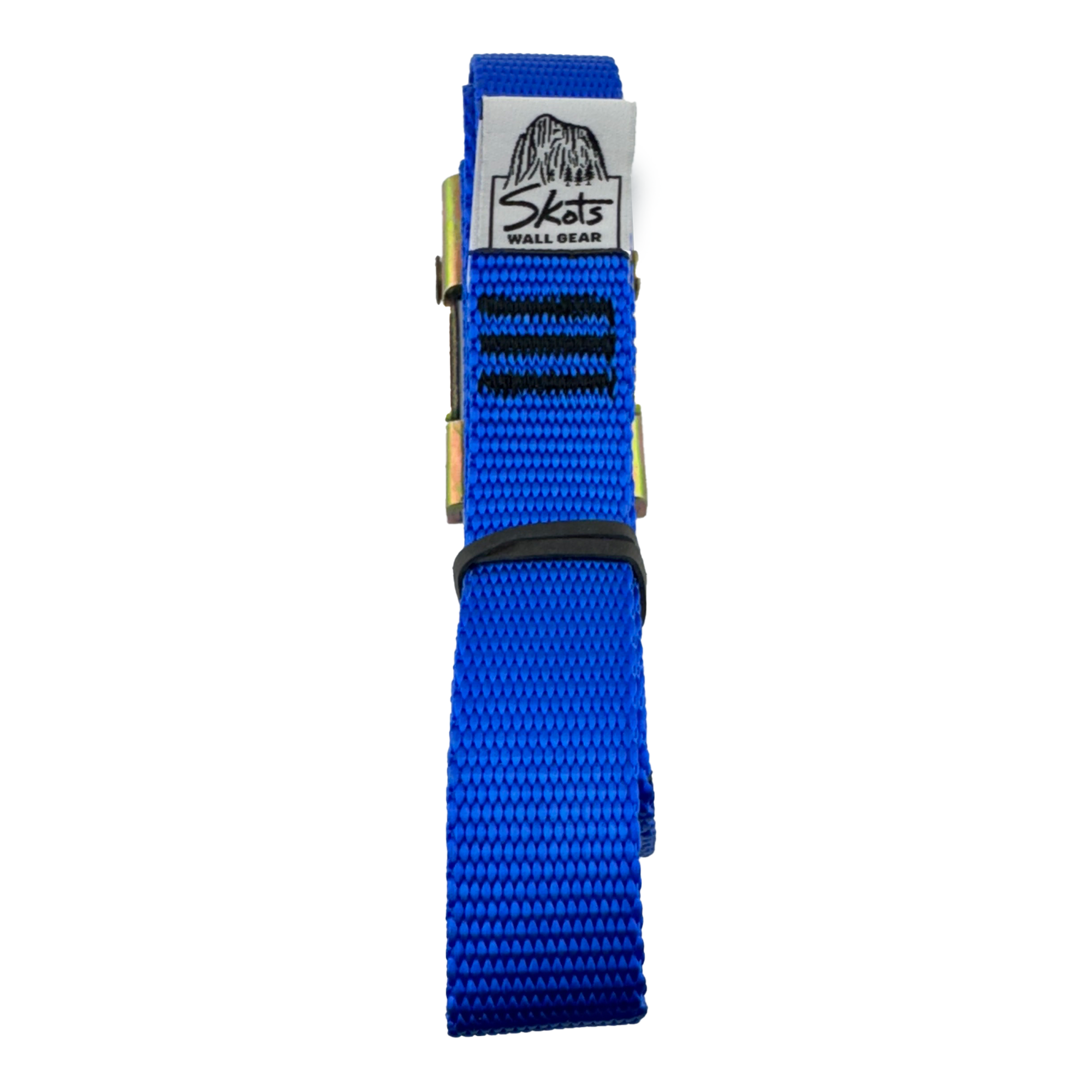
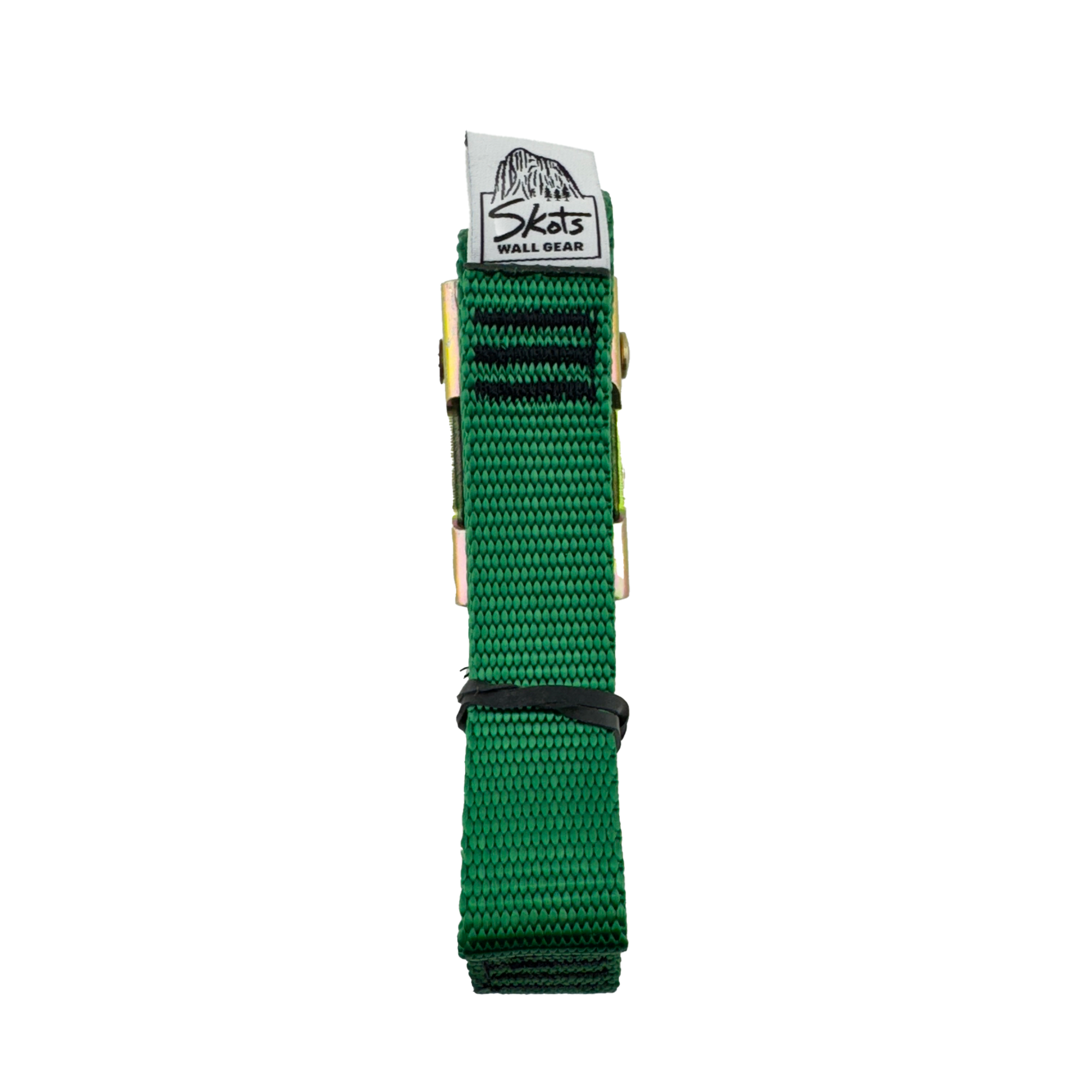
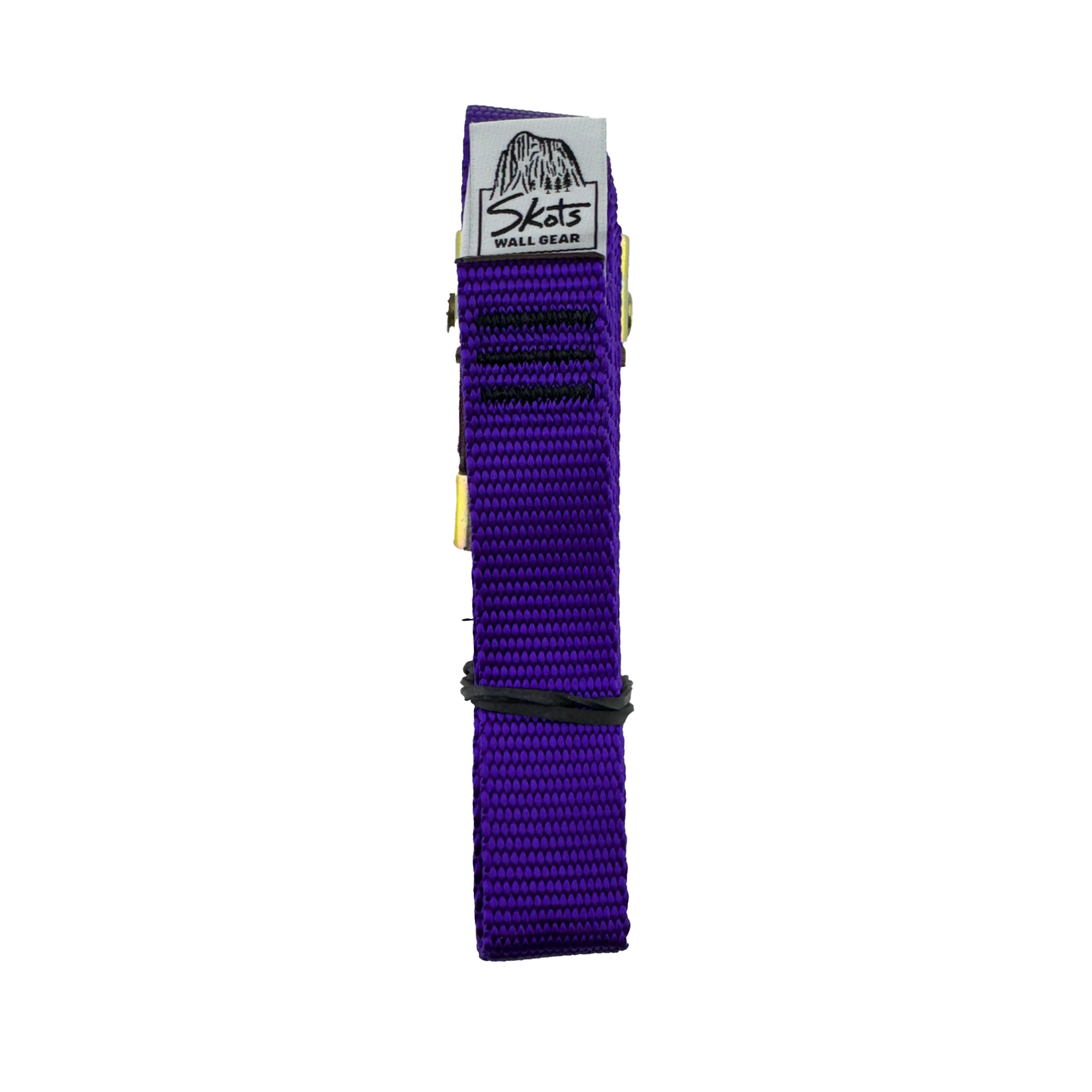
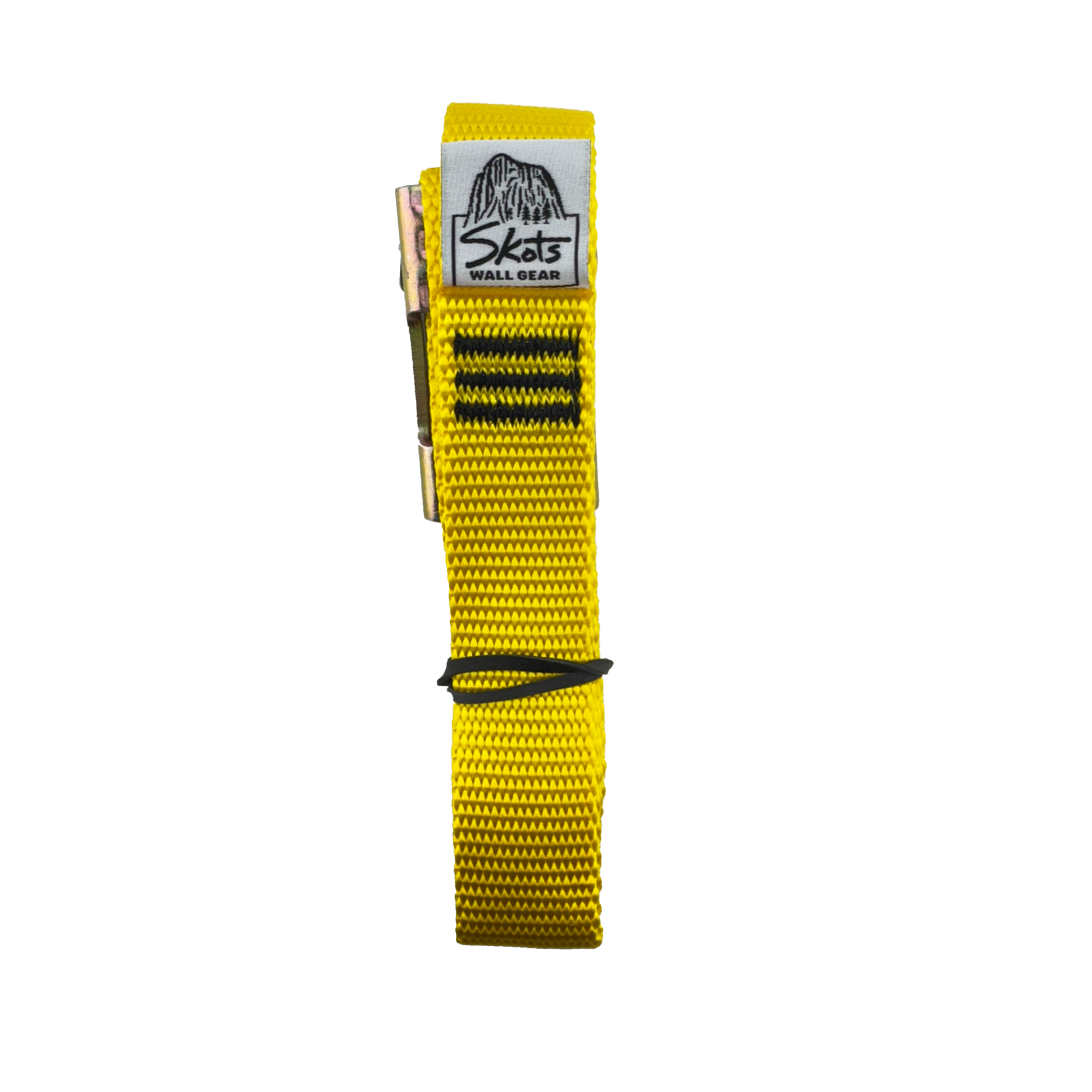

CamBuckle Adjustable Daisy
Tier benefits:
Tier benefits:
These are technically body positioning devices and not PPE personal lanyards because they are very static and if you allow any slack in them and fall, you could break something in the system. However, they are the easiest daisy to undo as you can literally be sitting on them, hold the tail and push the button. All other types require that you lift your body weight up.
Pros
- Lower without lifting yourself first
Cons
- Not PPE
![id=[50406353994043]](http://hownot2.com/cdn/shop/files/L034BA00-CONNECT-ADJUST_LowRes.webp?v=1764116179&width=2000)
![id=[50406353994043]](http://hownot2.com/cdn/shop/files/L034BA00-CONNECT-ADJUST-focus-3_LowRes.webp?v=1764116179&width=2000)
![id=[50406353994043]](http://hownot2.com/cdn/shop/files/L034BA00-CONNECT-ADJUST-focus-2_LowRes.webp?v=1764116179&width=2000)
![id=[50406354026811]](http://hownot2.com/cdn/shop/files/L035CA00-DUAL-CONNECT-ADJUST_LowRes.webp?v=1764116179&width=2000)
![id=[50406354026811]](http://hownot2.com/cdn/shop/files/L035CA00-DUAL-CONNECT-ADJUST-focus-2_LowRes.webp?v=1764116179&width=2000)
![id=[50406353994043]](http://hownot2.com/cdn/shop/files/L034BA00-CONNECT-ADJUST-focus-1_LowRes.webp?v=1764116179&width=2000)
![id=[50406354026811]](http://hownot2.com/cdn/shop/files/L035CA00-DUAL-CONNECT-ADJUST-focus-1_LowRes.webp?v=1754608509&width=2000)
![id=[50406354026811, 50406353994043]](http://hownot2.com/cdn/shop/files/L035CA00-DUAL-CONNECT-ADJUST-focus-3_LowRes.webp?v=1754608509&width=2000)
Connect Adjust
Tier benefits:
Tier benefits:
These are the most common PAS out there and because of that they are out of stock all the time. The rope inside is dynamic and in theory, you could fall on it. It's never a good idea to fall on a PAS but this is safer than a purely static option. You have to lift your weight off it to pivot the head to extend it. Not a problem if you have something to stand up on. Difficult if you are freely hanging there.
Pros
- Super safe enough with a dynamic rope
Cons
- Can't extend without lifting your weight off it.
![id=[49194481975611]](http://hownot2.com/cdn/shop/files/73907_499a.webp?v=1756773294&width=1044)
![id=[49194482008379]](http://hownot2.com/cdn/shop/files/73915_499a.webp?v=1756773294&width=1044)
![id=[49194481975611, 49194482008379]](http://hownot2.com/cdn/shop/files/73915_499b.webp?v=1756773294&width=1044)
![id=[49194481975611, 49194482008379]](http://hownot2.com/cdn/shop/files/73915_499e.webp?v=1756773294&width=1044)
![id=[49194676814139]](http://hownot2.com/cdn/shop/files/73909_499d.webp?v=1756773294&width=1044)
![id=[49194676814139]](http://hownot2.com/cdn/shop/files/73909_499c.webp?v=1756773294&width=1044)
![id=[49194676814139]](http://hownot2.com/cdn/shop/files/73915_499c.webp?v=1756773294&width=1044)
Switch Adjust Personal Anchor
Tier benefits:
Tier benefits:
Asymmetrical, self-belaying Y-lanyard made from energy-absorbing dynamic rope (SWIFT 48 PRO DRY 8.9 MM). Can be quickly and easily adjusted using a rope clamp—even if under load! The large loop enables simple attachment to the harness using a girth hitch.
Pros
- Can be adjusted under load.
Cons
- Pricey.
Ascender
An ascender is an essential tool when top rope soloing. You may need it to transition from or to rappel mid pitch. Put it above your progress capture devices, weight it with your personal anchor, and change your devices below. It also comes in handy if you need to to cheat past a hard section of a climb.
![id=[48692182712635]](http://hownot2.com/cdn/shop/files/climbing_devices_aed_right_1575x1024_f659a4e3-04cf-4fe4-a41c-28413c6032aa.webp?v=1754607862&width=1024)
![id=[48692182679867]](http://hownot2.com/cdn/shop/files/climbing_devices_aed_left_1575x1024_1b508e89-739e-4c6b-834c-2f6ec70a774c.webp?v=1754607862&width=1024)
![id=[48692182679867, 48692182712635]](http://hownot2.com/cdn/shop/files/climbing_devices_aed_secondaria_1575x1024_1c2cff9e-ffd5-462b-9b36-aab5252a45f9.webp?v=1754607863&width=1575)
A&D Ascender
Tier benefits:
Tier benefits:
Grivel's ascender is $20 cheaper than a Petzl one and it's handle can be used as a tubular rappel device or a spot to clip. It's got a giant thumb tab to open the teeth and works great. I've used it for years and think overall it is super good enough.
Pros
- Cheap(ish)
- Multifunctional
Cons
- Heavy(ish)
Anti-Crossload Carabiner
Each grabby device needs a carabiner and we recommend an anti-cross loading carabiner since both of your hands will be occupied with climbing. There are a lot of these style carabiners, but grabby devices have two parallel plates and therefore don't sit well on a D shape carabiners. We recommend pear shaped (HMS) or hourglass shaped carabiners.
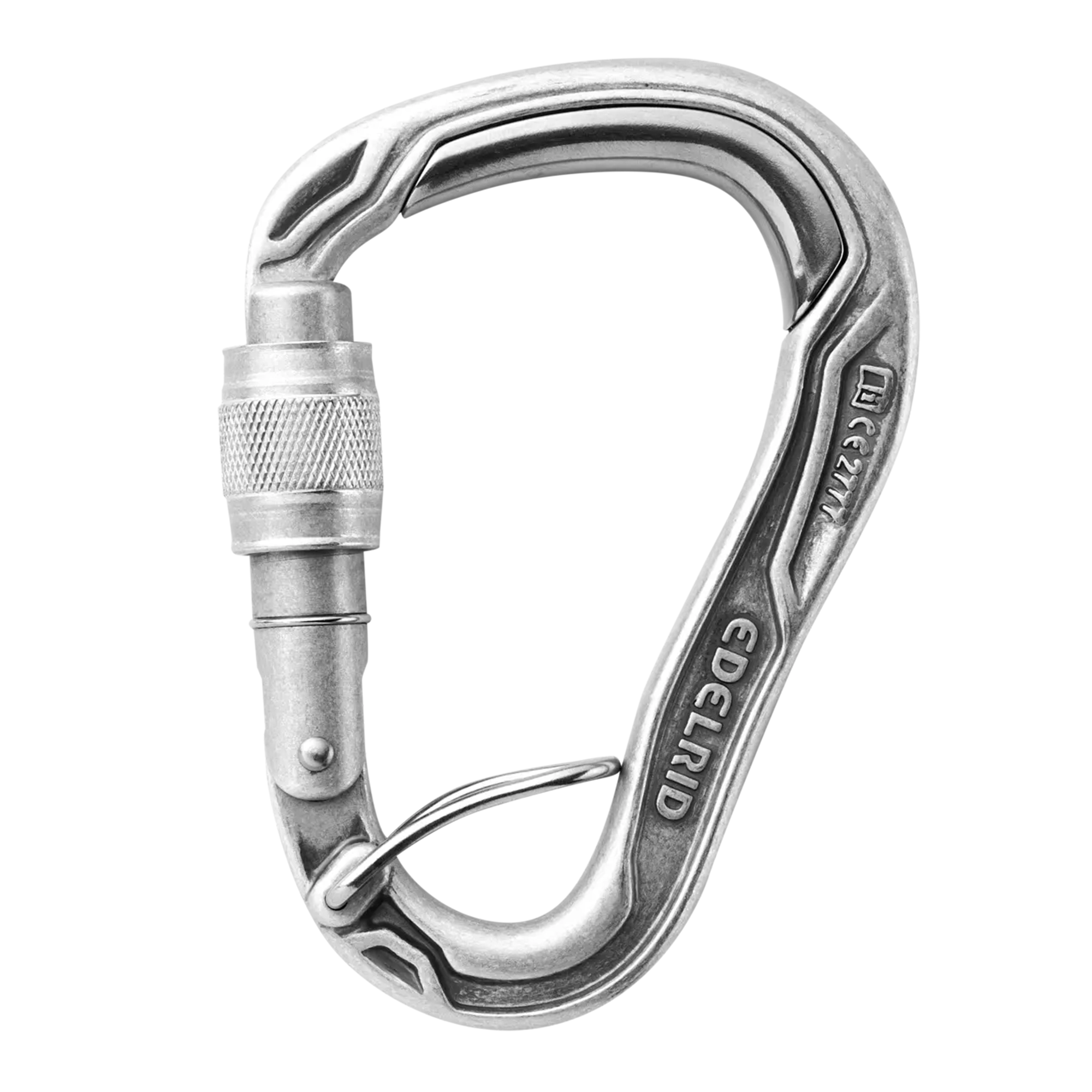


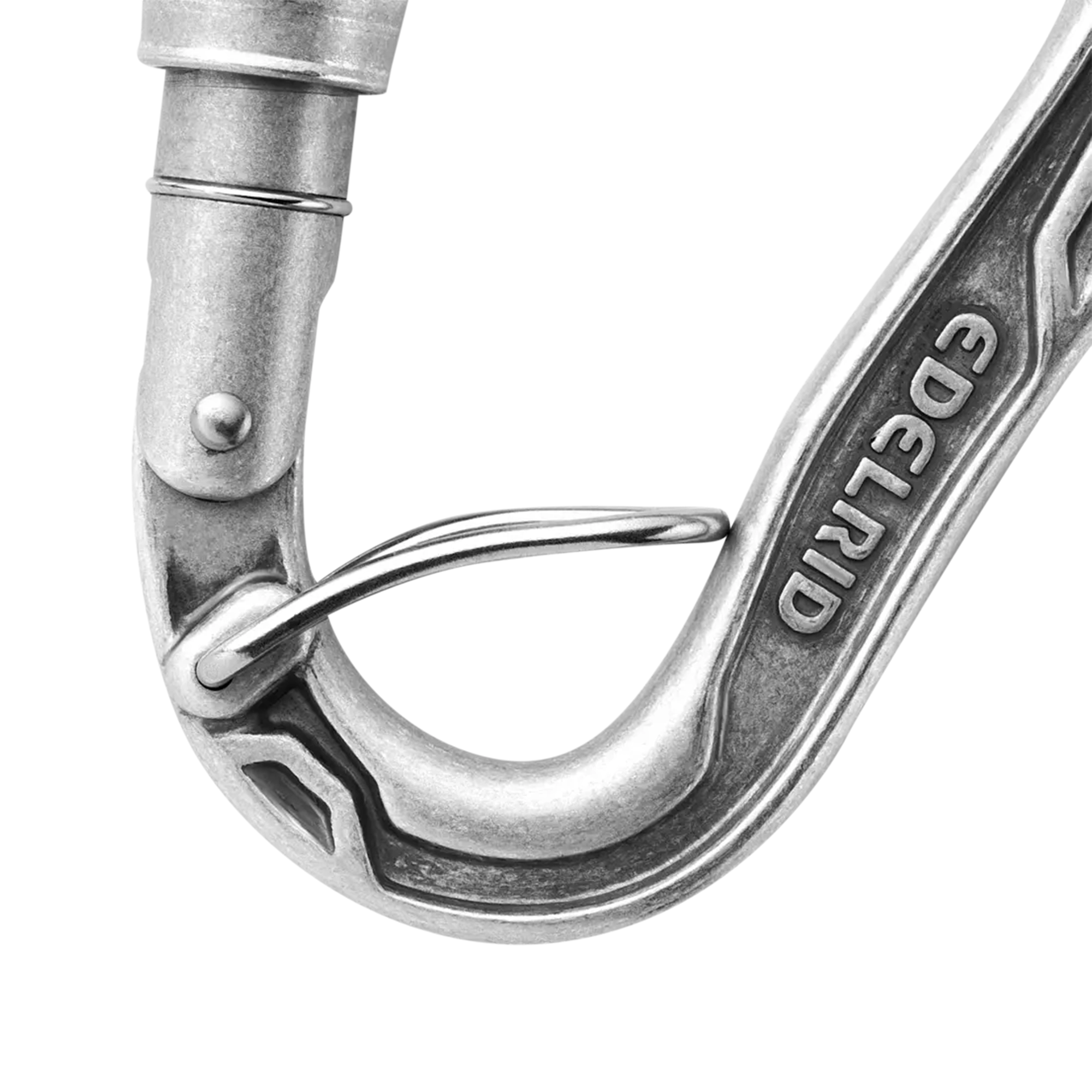
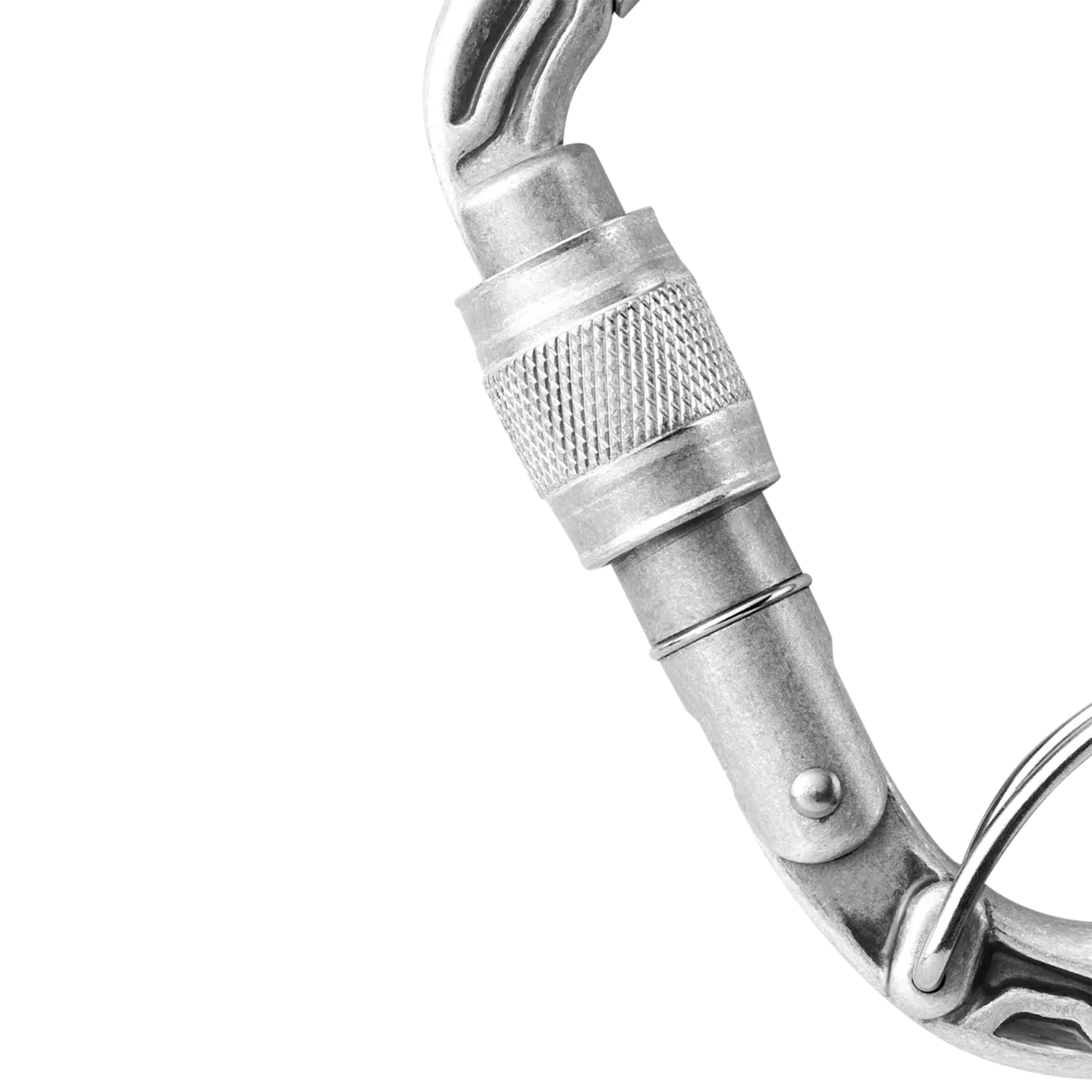
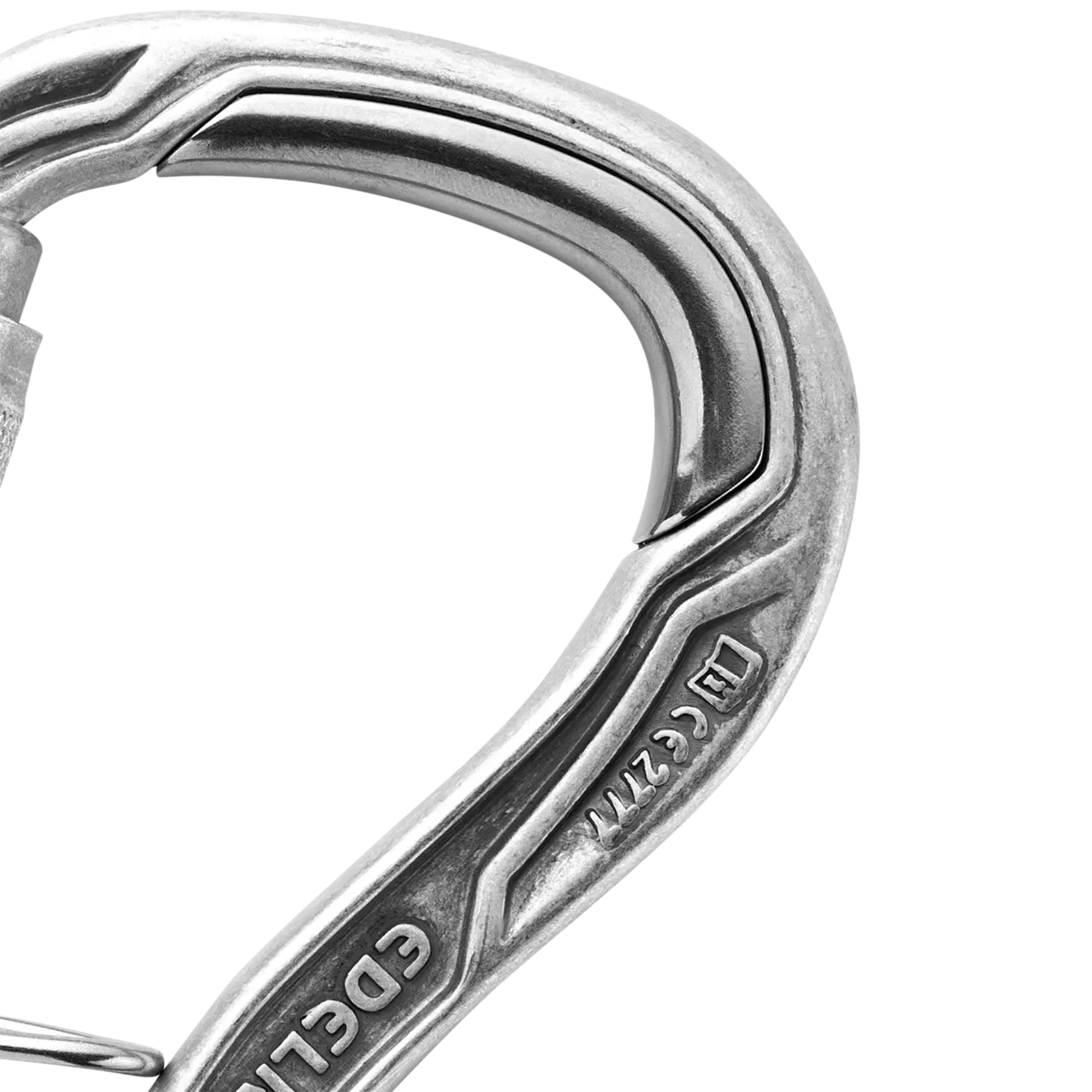
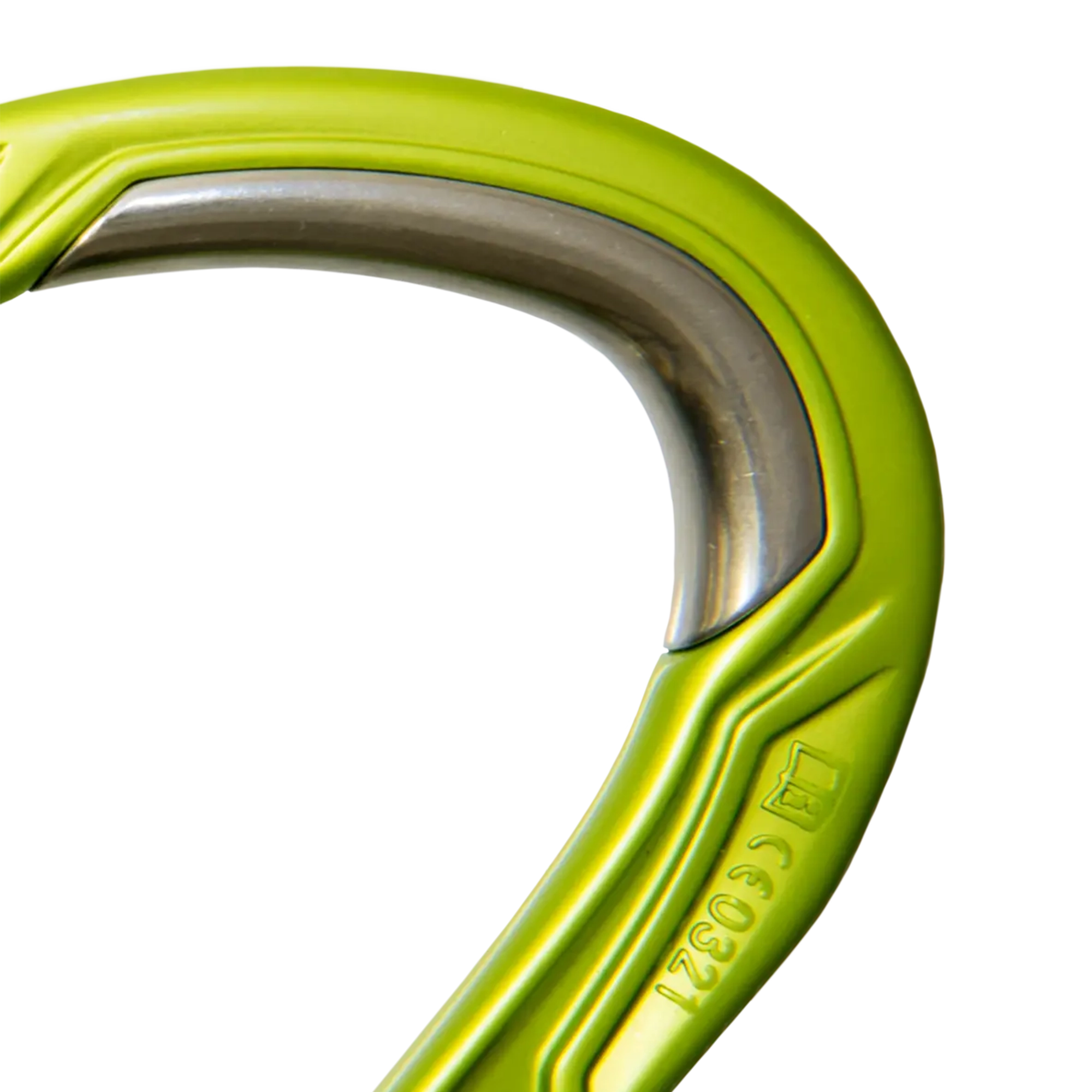


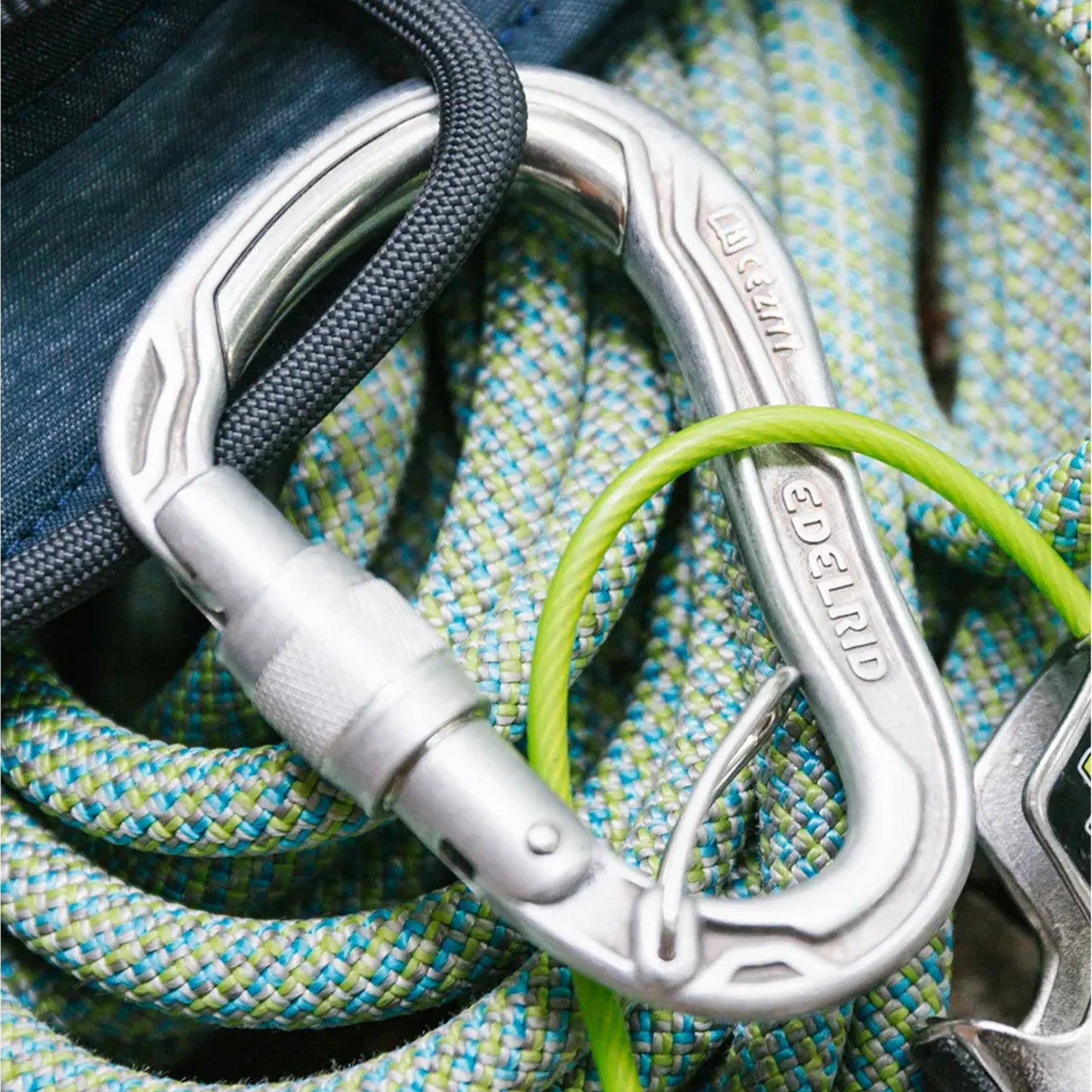
HMS Bulletproof Screw FG
Tier benefits:
Tier benefits:
Pros
- Stainless steel insert to prevent wear
Cons
- Belay loop keeper opens the opposite way to what we'd expect
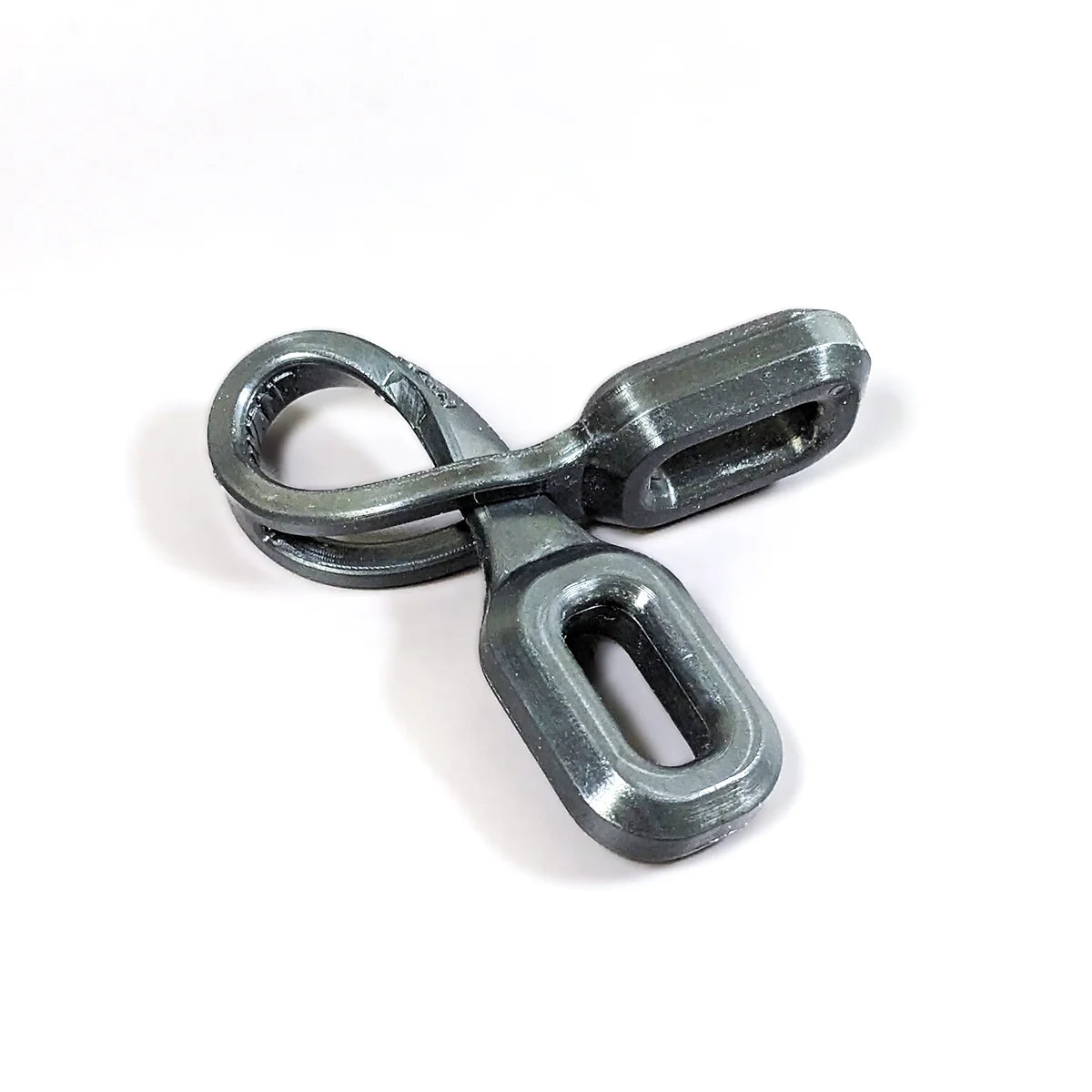
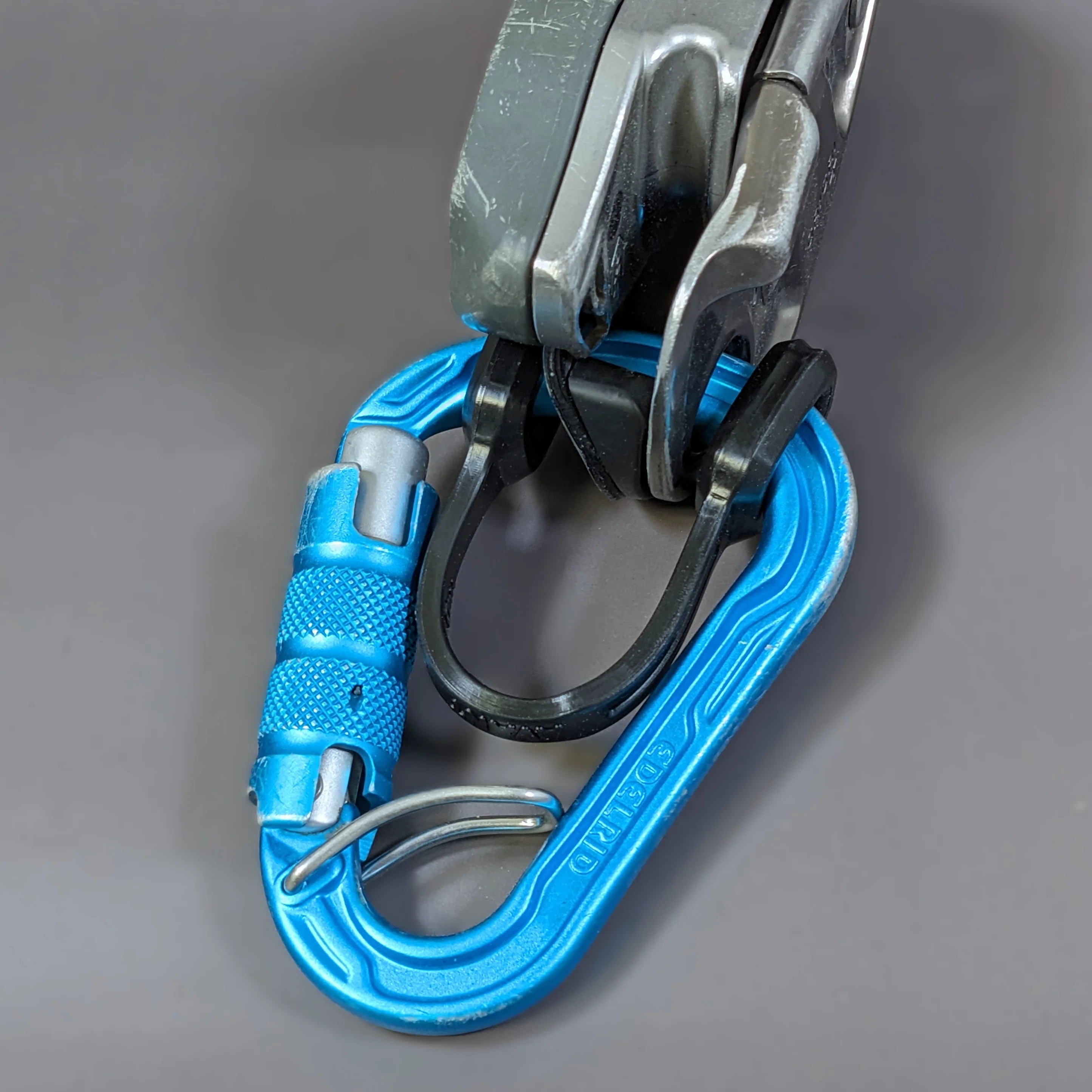
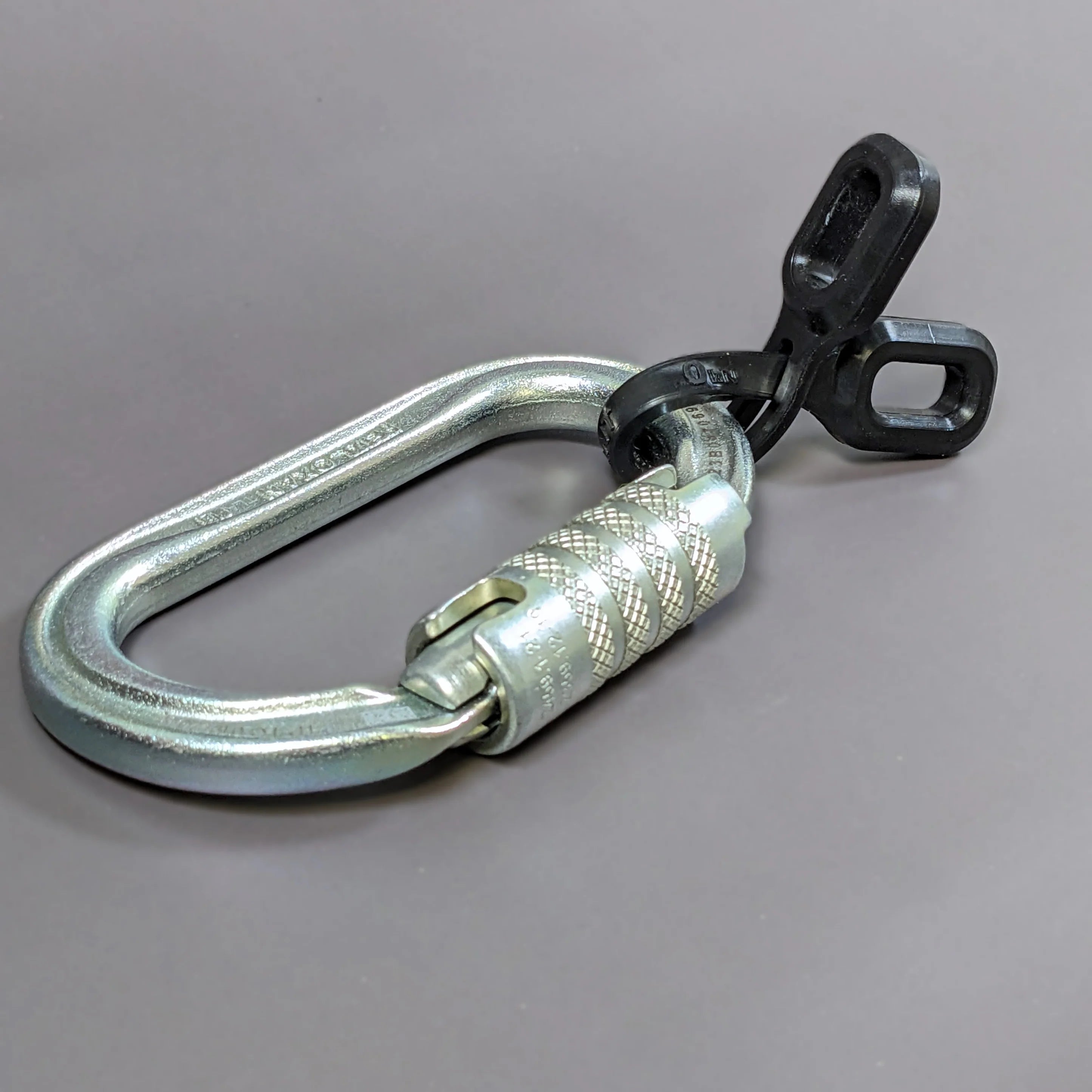

Flex-Link Anti-Crossload Protector
Tier benefits:
Tier benefits:
Pickup available at How NOT 2 LLC
Mon-Sat 7:30AM - 4:30PM


Flex-Link Anti-Crossload Protector
How NOT 2 LLC
1065 12th Ave NW
Suite E7
Issaquah WA 98027
United States
This anti-crossloading piece prevents your progress capture device from shifting on the carabiner, insuring peace of mind and letting you focus on the moves.
This essential add-on is designed to significantly increase the safety of your primary lead rope solo device carabiner, or to stabilize your top rope solo devices.
Optimized for Stability:
- The Flex-Link features elongated clip-in holes which effectively prevent rotation. This keeps the band flush inside the carabiner body, ensuring stable and secure positioning during your climb.
Robust and Reliable:
- Specifically designed to enhance the security of aluminum carabiners, the Flex-Link ensures that your primary device connector remains robust and reliable under various climbing conditions.
Innovative Pass-Through Slot:
- The unique pass-through slot allows the Flex-Link to effortlessly fold into a racking mode. This lets the Flex-Link be hung loosely and out of the way on a carabiner.
Pros
- Enhances carabiner security
- Reduces number of moving parts in the system
Cons
- Takes up space on the carabiner
Rope
You will need a rope to Top Rope Solo, and fortunately we have a wide variety of appropriate products. Static rope is preferred for top rope projecting, where fall forces are much lower than on lead climbing. With higher abrasion resistance and lower elongation, your rope will last longer and let you expend more energy on the crux, less on jugging up it.
![id=[49982322147643, 47475960774971, 47475960611131, 47475960447291, 48445852778811, 50106089865531, 50247016579387]](http://hownot2.com/cdn/shop/files/10mm_White.webp?v=1756994784&width=1920)
![id=[47475960512827, 47475960676667, 47475960840507, 49982322213179]](http://hownot2.com/cdn/shop/files/10mm_Black.webp?v=1756994784&width=1920)
![id=[49982324244795, 49982324310331, 49982324343099, 50084564828475]](http://hownot2.com/cdn/shop/files/11mm_White.webp?v=1756994784&width=1920)
![id=[49982504632635, 49982324474171, 49982324474171, 49982324441403, 49982324408635]](http://hownot2.com/cdn/shop/files/11mm_Black.webp?v=1756994784&width=1920)
![id=[49982324113723, 49982324146491, 49982324179259]](http://hownot2.com/cdn/shop/files/11mm_Red_099e86df-e809-4326-aef5-a41783e87ec1.webp?v=1756994784&width=1920)
![id=[49982324867387, 49982324900155, 49982324932923]](http://hownot2.com/cdn/shop/files/11mm_yellow.webp?v=1756994785&width=1920)
![id=[47475960414523, 4747596057836, 47475960742203, 49982322114875, 49837187825979, 47475960578363, 50106093470011, 50247009173819, 50303724388667]](http://hownot2.com/cdn/shop/files/9mm_White.webp?v=1756994785&width=1920)
![id=[47475960480059, 47475960643899, 47475960807739, 49982322180411]](http://hownot2.com/cdn/shop/files/9mm_Black_45d869fb-3666-4d5d-bc92-1f891533d826.webp?v=1756994785&width=1920)
![id=[47475946422587, 47475946455355, 47475946488123, 49982322082107]](http://hownot2.com/cdn/shop/files/9mm_Red_a4c3a640-8213-4ee6-bed1-6500f56270c4.webp?v=1756994785&width=1920)
![id=[49837187825979, 48445852778811, 50106089865531, 50356891681083, 50356891681083, 50356897120571]](http://hownot2.com/cdn/shop/files/IMG_6035.jpg?v=1756994785&width=3024)
SafetyPro Static Rope
Tier benefits:
Tier benefits:
We offer SafetyPro in several diameters:
9mm: Balanced construction and supple in hand, this is the lightest of the SafetyPro offerings we carry.
Certified for EN 1891: Type B.
Elongation at 300 lbs: 4.5%
9 mm: 3.4 (lb / 100')
10 mm: Carefully engineered kernmantle construction makes for a static work line with a small amount of stretch. Favored for rope access and rescue professionals.
Certified EN 1891: Type A
Elongation at 300 lbs: 4.5%
10 mm: 4.2 (lb / 100')
11 mm:
A technical work and rescue line, the heavy duty SafetyPro 11 mm offers a smooth but firm sheath that allows the rope to run easily through gear. It’s manufactured to meet the requirements of the most demanding rope access professionals.
Elongation at 300 lbs: 5.8%
11 mm: 5.1 (lb / 100')
Pros
- Low elongation
- Light
Cons
- Less water resistant
![id=[47481918554427, 47481918652731, 47481918751035, 49883301904699, 49989334729019]](http://hownot2.com/cdn/shop/files/2bd5431b3bdcec04237632c02fc1afa93575c7fc68c32efff5af3f219d86bbde__47891.jpg?v=1756994775&width=1920)
![id=[47481918816571, 47481918882107, 47481918947643, 49839281406267]](http://hownot2.com/cdn/shop/files/1515_source_1701887074.jpg?v=1756994775&width=1920)
![id=[47791945449787, 50356867301691,50484141293883]](http://hownot2.com/cdn/shop/files/IMG_0894_2.jpg?v=1756994775&width=2000)
![id=[47850588897595, 47850588864827, 47850588832059, 49823836242235, 49989337514299, 50028017385787]](http://hownot2.com/cdn/shop/files/771_source_1708150607.jpg?v=1756994775&width=1920)
![id=[49465487950139]](http://hownot2.com/cdn/shop/files/IMG_1552.webp?v=1756994775&width=3024)
![id=[49823222694203, 49823557026107, 49823236686139, 49838970241339]](http://hownot2.com/cdn/shop/files/7_16HTPYellow.jpg?v=1756994775&width=1920)
![id=[49823344755003, 49823248351547, 49823271747899, 49838972141883]](http://hownot2.com/cdn/shop/files/7_16HTPGreen.jpg?v=1756994775&width=1920)
![id=[49823293407547, 49823331877179, 49839001403707]](http://hownot2.com/cdn/shop/files/9mm_Green.jpg?v=1756994775&width=1920)
![id=[49823297175867, 49823284363579, 49839021228347, 49839267152187]](http://hownot2.com/cdn/shop/files/3_8Green.jpg?v=1756994776&width=1920)
![id=[49823698682171, 49823686263099, 49838999109947]](http://hownot2.com/cdn/shop/files/9mmblue.jpg?v=1756994776&width=1920)
![id=[49823713427771, 49823800262971, 49839019852091, 49839270822203]](http://hownot2.com/cdn/shop/files/3_8blue.jpg?v=1756994776&width=1920)
![id=[49823703531835, 49823693603131, 49823708315963, 49838963327291]](http://hownot2.com/cdn/shop/files/7_16Blue.jpg?v=1756994776&width=1920)
![id=[49823261425979]](http://hownot2.com/cdn/shop/files/7_16_HTP_RED_46M.webp?v=1756994776&width=2000)
![id=[49823242551611, 49823285838139, 49839020933435, 49839276392763]](http://hownot2.com/cdn/shop/files/3_8HTPRED.webp?v=1756994776&width=2000)
![id=[49823312707899, 49823827722555, 49838967193915]](http://hownot2.com/cdn/shop/files/7_16Red.jpg?v=1756994776&width=1920)
![id=[49823869141307, 49823852855611, 49823864881467, 49838966276411]](http://hownot2.com/cdn/shop/files/7_16orange.jpg?v=1756994776&width=1920)
![id=[49838607335739, 49838601306427, 49839015100731, 49839278195003]](http://hownot2.com/cdn/shop/files/3_8_Olive.jpg?v=1756994776&width=1920)
![id=[49838631321915, 49838639972667, 49838635090235, 49838961099067]](http://hownot2.com/cdn/shop/files/7_16Olive.jpg?v=1756994777&width=1920)
![id=[49838556840251, 49838595932475, 49838997307707, 49989332435259]](http://hownot2.com/cdn/shop/files/9mm_Black.jpg?v=1756994777&width=1920)
![id=[49838602879291, 49838608253243, 49839011922235, 49839280030011, 49985173291323]](http://hownot2.com/cdn/shop/files/3_8_Black.jpg?v=1756994777&width=1920)
![id=[49838636499259, 49838641545531, 49838633124155, 49838959132987, 49989336793403]](http://hownot2.com/cdn/shop/files/7_16_Black.jpg?v=1756994777&width=1920)
![ID=[47481918554427, 47481918652731, 47481918751035, 49883301904699,49465487950139,47481918816571, 47481918882107, 47481918947643,49839281406267,47791945449787,47850588897595,47850588864827,47850588832059,49823836242235,49823222694203,49823557026107,49823236686139,49838970241339,49838636499259,49838641545531,49838633124155,49838959132987,49838602879291,49838608253243,49839011922235,49839280030011,49838556840251,49838595932475,49838997307707,49838631321915,49838639972667,49838635090235,49838961099067]](http://hownot2.com/cdn/shop/files/preview_images/29cfc42b0505468f8239120cbb7d7488.thumbnail.0000000000.jpg?v=1738168669&width=1080)
HTP Static Rope
Tier benefits:
Tier benefits:
Very low-stretch, very durable.
9 mm: High strength and low elongation in lightweight package. A versatile static rope great for TRS purposes. Also great for use in lightweight hauling and anchors.
Elongation at 10% of MBS: 2%
3/8" (9.5mm):
3/8" polyester static rope originally intended for arbor climbing, rope access, and lifting.
Elongation at 10% of MBS: 3%
7/16" (11mm):
Maximum strength with low stretch. A multi-use rescue and rappel rope. Low-stretch properties and high-moisture resistance allow the 7/16" to operate consistently in wet and dry conditions.
7/16": 3.4%
NFPA 2500 (1983)
Pros
- Low elongation
- Very strong
Cons
- Heavier than SafetyPro
- Stiffer

